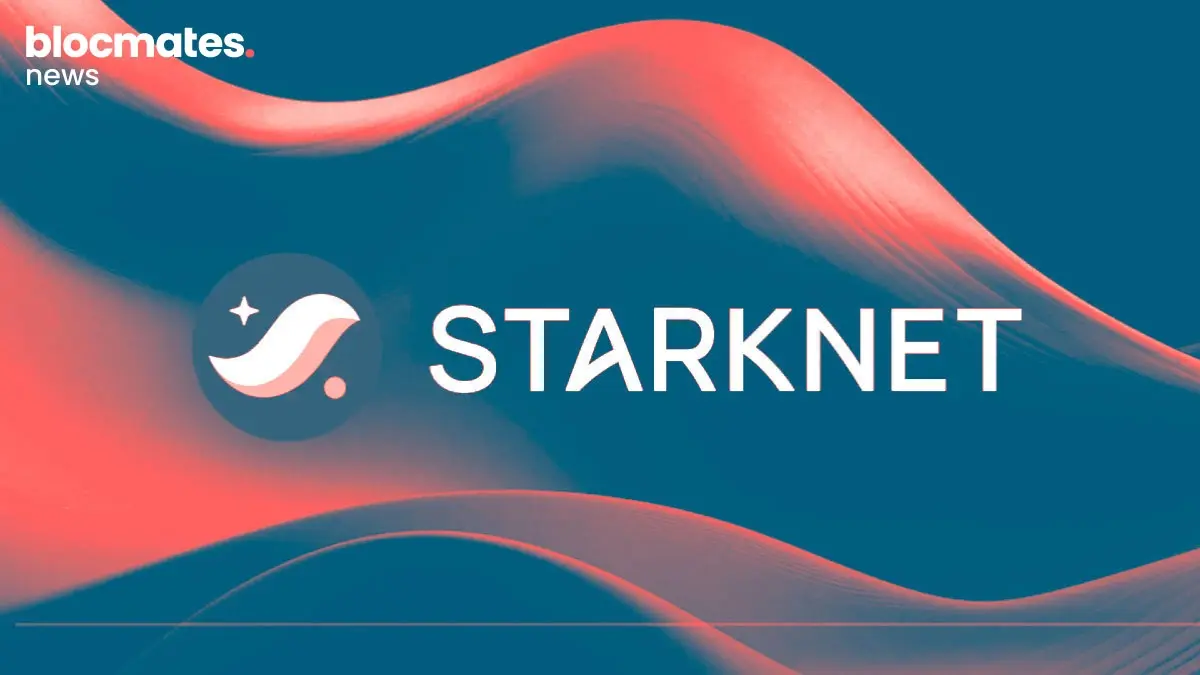The age of agentic commerce is upon us.
Yes, the news about the Agentic Commerce Protocol (ACP) developed by Stripe and OpenAI is very exciting; however, a few pieces of the puzzle seem to have fallen out of sight, leaving the picture incomplete.
Consider this:
You finally hit that 100x (unlikely, but let's roll with it) and want to celebrate by going for a meal.
Would you trust the recommendation of a close friend who has a long-standing relationship with you? Or, would you trust the recommendation of an AI agent that will simply scrape top suggestions off the internet with no knowledge of your social context?
Probably the friend, right?
The lack of identity and memory embedded in current AI models hampers their personalization capabilities. Something that will be very important in the future of agentic commerce.
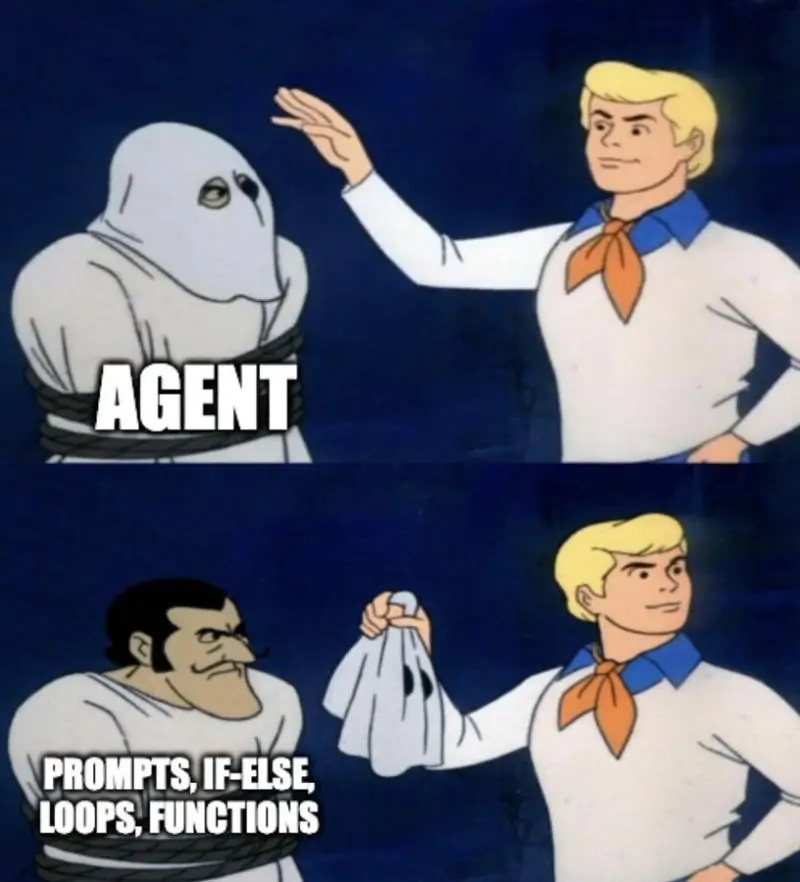
There is a fragmentation between social capital and commerce in the digital age, and this is exactly the critical piece of the puzzle that often goes overlooked.
Social trust signals are more important for commerce than anything else.
If we take things a step further and look at AI in its current state, there are more problems.
Most AI products (LLMs, agents, etc.) are transactional and memory-less.
The understanding of a user’s characteristics and preferences is not transferred from one thread of conversation to another.
Each new conversation with an LLM is like starting from scratch, disregarding the months of social context that would serve as essential data. No memory is ported over.
I think you’re starting to see the theme here. Social context matters; it matters arguably more than anything else.
A protocol fixated on solving this problem is Tapestry, a Solana-based social graph protocol that combines social, interest, and conversation graphs to begin the shift from agentic commerce to social agentic commerce.
What is Tapestry?

Tapestry is an open source social graph protocol that unifies social data under one roof, making it easy for developers to access and build upon this social layer through a simple API.
More precisely, Tapestry functions as the identity, memory, and economic graph for agents and apps by combining user identity with persistent memory and a framework for economic transactions.
Using state compression and Merkle tree storage, Tapestry accesses and stores social data such as user profiles, likes, comments, user activity, feeds, and so on, which can then be used by any prospective developer to integrate social features into their applications in under 30 minutes.
This not only reduces the build time and workload for developers but also spawns a new age of sophisticated apps and agents that leverage this data to offer an unparalleled user experience.
So, if we come back to our restaurant recommendation example, a developer could leverage Tapestry to then build an agent that will have the knowledge of a user's relationships, behaviors, and interests to create a more sophisticated and personalized experience.
With social context, the agent is much more likely to hit the nail on the head.
Tapestry has built a social database consisting of over 938k profiles, 127k content nodes, and 2.3 million follow relationships by unifying data from Solana Name Service, Twitter, and Farcaster, among others.
As more integrations take place, the data on Tapestry’s social layer will only continue to increase, making the social graph that much stronger.
Four key features make Tapestry powerful:
- Universal aggregation - Tapestry pulls social signals from various platforms, including web2, Solana, Lens, Base, Farcaster, and Ethereum, and combines them into a single, normalized, user-controlled layer.
So, every like, comment, and interaction becomes composable. It’s about making social data that already exists more valuable through universal accessibility. - Composable infrastructure - Tapestry’s universal aggregation turns social data into composable infrastructure that can be leveraged by developers ranging from trading platforms to games.
- Developers can query Tapestry for three-graph personalizations - social, interest, and conversation.
- Social Graph - It helps map interactions between agents, establishing trust between them by helping build social connections.
- Interest Graph - It helps map connections between entities based on shared interests and behaviours. When it comes to personalization of AI agents, the interest graph is crucial.
- Conversation Graph - It models the flow and structure of conversation. AI agents will be able to analyze dialogue structure and sentiment to facilitate effective conversations.
- Building a three-graph infrastructure from scratch is very time-intensive and capital-intensive.
Tapestry has already done the hard part for developers, who can freely benefit from this composable infrastructure. - The result is that day-one apps can have the customizations and personalizations that took other platforms decades to build.
- Developers can query Tapestry for three-graph personalizations - social, interest, and conversation.
- Social graph management - Social graph management can be thought of as the motherboard of Tapestry. It essentially handles all the data, tracks relationship strength, manages user connections, tracks trust signals, and helps build more complex social networks.
- The social graph data is stored offchain to allow for fast queries, but keeps a Merkle root onchain for verification and transparency.
- The social graph data is stored offchain to allow for fast queries, but keeps a Merkle root onchain for verification and transparency.
- Tapestry API - The Tapestry API is what brings everything together. Through this API, developers can easily integrate all the social data and signals into their apps.
- It operates on a freemium model, where initial access is free but a fee is charged for high API usage.
- The API effectively takes away the headaches of creating and maintaining your own social graph.
- It operates on a freemium model, where initial access is free but a fee is charged for high API usage.
This technical architecture positions Tapestry as the foundational layer that AI agents require: identity (who you are across platforms), memory (your history, preferences, and relationships), and economic rails (how agents transact on your behalf).
Now, the team is building Zumi: a game where every interaction strengthens Tapestry's infrastructure for the broader agent ecosystem.
A perfect proof-of-concept of this system in action.
What is Zumi?
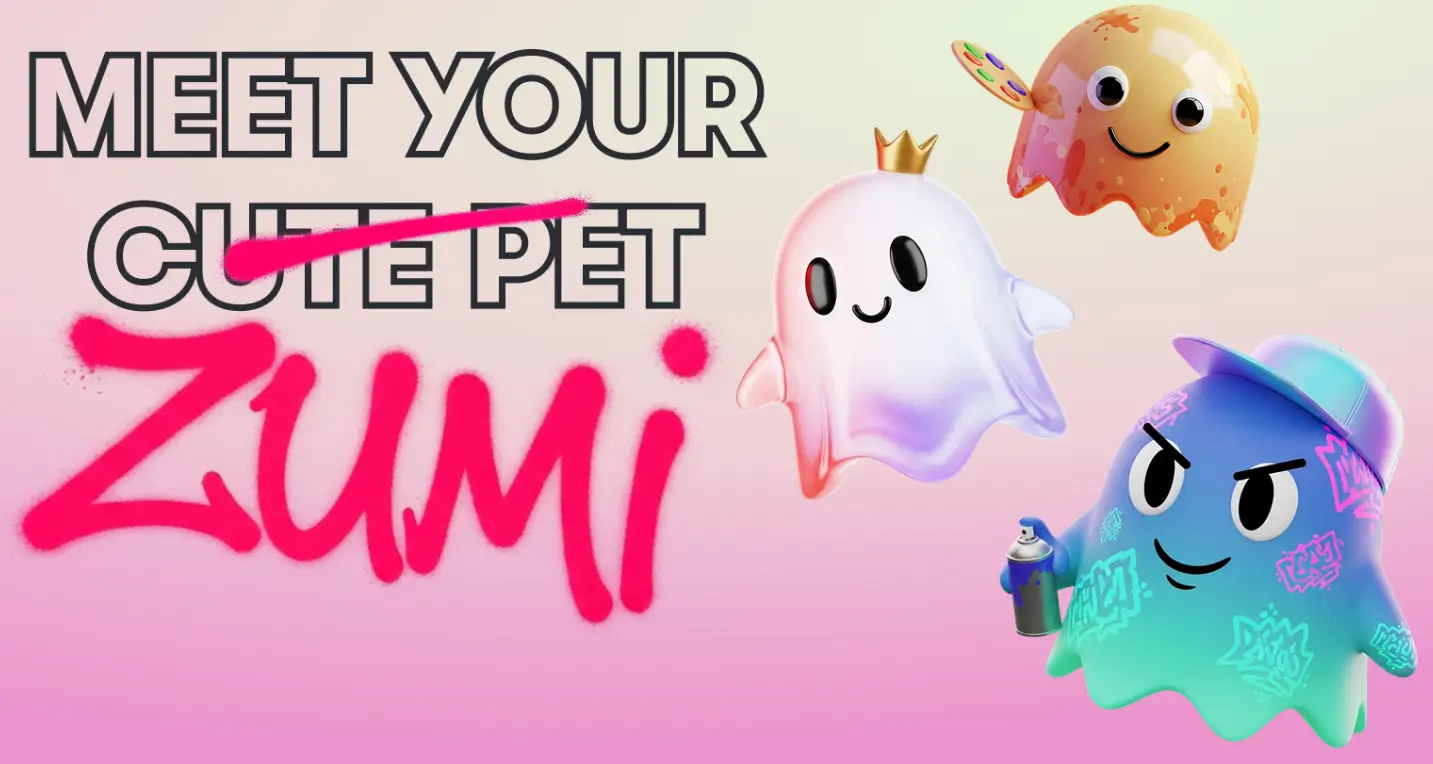
Zumi is an AI companion game where you can hatch your own cute little Zumi, raise it, and send it out into the world.
You feed your Zumi candies to grow it, you can customize it with different outfits, and chat with it.
But your Zumi is much more than just a chatbot, it’s like a friend who evolves based on interactions with you. You can talk about your love life, ask for movie recommendations, or just fire away random thoughts at your Zumi.
Your Zumi doesn't just respond to you, it lives its own life.
When you're offline, your Zumi goes to school, interacts with other Zumis, forms friendships, writes in their journal, and develops their own perspectives.
This means your Zumi gets you not because it's programmed with your data, but because it has lived experiences that shape how it understands you.
Like a real friend, they develop preferences, opinions, and personality traits through their own journey — which then informs how they relate to yours.
Zumi is social AI brought to life.

Unlike other AI companions that are simply memory banks of your conversations, Zumi has its own lived experiences.
The relationships it forms with other Zumis, the social dynamics it navigates at school, the reflections it writes in its journal — all of this creates a genuine personality that continues to deepen its understanding of you.
Zumi isn’t just storing your data; it’s processing life alongside you.

Hidden behind the cuteness is something really impressive. We are seeing AI agents (or companions) building "lives" that their users care about and are investing in with their time and money.
The Zumis, who have essentially embodied an essence of the personality embedded within them, can form friendships with other Zumis based on the personalities ingrained in them, with none of these interactions being scripted.
So if we take ourselves out of the Zumi universe (Zumiverse) for a second, just think about how valuable this information and data is.
Agents can interpret your social context to form relationships, initiate interactions, hold conversations, and gauge interests completely autonomously.
Furthermore, future integrations with platforms like Netflix and Spotify will strengthen the data, making these social agents even more sophisticated.
Imagine the types of applications that can be built on the back of this.
A trading agent that can understand your network and give trade suggestions, an agent assistant that can manage subscriptions and give readers of your publication content recommendations, or an agent that can match freelancers with gigs based on reputation and skills.
The possibilities are endless.
The success of Zumi is a potential game-changer for agentic commerce due to one key reason: trust enables transactions.
Let’s go back to our restaurant recommendation example. The more you interact with your Zumi, the deeper the relationship develops because the social context is longer and memorized.
In this scenario, if your Zumi gives you a restaurant recommendation, you know it’ll be bang on because your Zumi is more than a transactional memory-less AI. It’s an AI companion that has a deep personal understanding of you over months of interaction.
This is precisely why companion-first commerce makes sense.
If brands were to jump in on this, it would make perfect sense because the agent does all the ‘marketing’ work for them.
The AI companion will go out and find brands based on the taste, vibe, and preference of their human and then make recommendations accordingly, perfectly connecting businesses to their target audience.
As this system continues to evolve, it brings in an interesting growth flywheel.
Tapestry feeds social data into Zumi, the Zumis generate new behaviours and conversational patterns, which then generate more valuable data for Tapestry, which can then be leveraged by the whole ecosystem.
With DeFi integrations coming soon, you can think of these cute little Zumis as a Trojan horse connecting the mainstream to crypto through a friendly and entertaining gaming experience.
Why Tapestry matters?
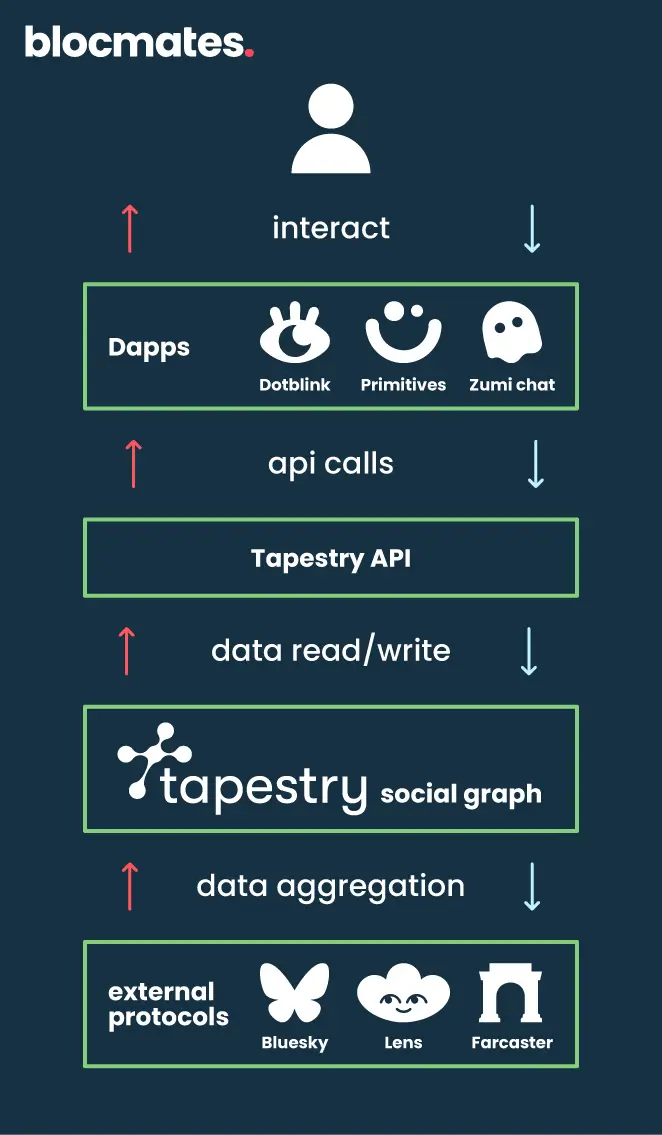
It's still early days, but developers and users alike are explicitly searching for the identity and memory infrastructure that will power the next generation of AI agents.
With Zumi bootstrapping consumer adoption and social graph density, Tapestry is simultaneously proving and strengthening its infrastructure advantage.
As AI agents continue to get integrated into our day-to-day activities, social agents will be a necessity.
As this future slowly starts to become a reality, we believe Tapestry is going to be a pivotal baseplate for social AI. Here’s why:
1. Unlocking sophisticated applications
Tapestry’s unified social data layer with universal aggregation serves as the perfect baseplate for more sophisticated applications to be built.
Managing the social graph takes away a lot of the technical complexities from the developers.
The result of this will be a whole suite of new onchain applications.
- An agent-driven social trading app where the social graph of a user is analyzed by an agent, based on which trade recommendations can be made
- A decentralized event organizer where the agents can autonomously organize and manage events (virtual or IRL) based on matching the interests and social networks of different users
- A crypto publication company where an agent acts as the manager, handling subscriptions, giving content recommendations to subscribers, handling outreach, and helping target the correct audience
- Gaming companies can leverage this data to help form stronger gaming communities, make cross-platform gaming more engaging, and even distribute tokenized rewards
These are just a couple of examples coming from my smooth-brain; imagine what more sophisticated developers will be able to build.
2. Persistent memory
Another key feature unlocked by Tapestry, as seen on Zumi, is the fact that agents have memory, which takes them a level above the vanilla transactional AI products we’re used to.
Having persistent memory makes agents significantly more useful because they build social context over a long period of time.
Every interaction improves your agent's knowledge of you.
With this persistent memory, imagine what something like cross-app interaction would look like.
The social data on Tapestry is portable across applications and ecosystems, which means that regardless of where you’re transacting, agents will still have your social context.
The result is your interests being catered to on a more personal level, with the agent doing all the hard work of discovery and execution. It’s more or less like having your best friend as a personal assistant.
3. Personalized advertising
Currently, web2 platforms act as walled gardens with social data being siloed and monopolized by them to get brands to pay them big bucks to advertise through these web2 platforms.
Tapestry’s infrastructure will allow social agents to break this monopoly.
As social agents form a deeper context through repeated interactions, they will be able to understand individual interests much better than any other algorithm out there. It’s simple - it constantly evolves with you.
This will eventually allow brands and companies to target customers more effectively with a lot less effort and marketing spend required.
The result is customers getting their interests catered to on a more granular level, brands being able to directly hit their target audience, and value will flow more openly to the developers that are breaking the web2 advertising monopoly.
4. Early mover advantage
As stated before, it’s still very early days in the social AI movement.
OpenAI just announced its agentic commerce protocol very recently, while Tapestry already has the infrastructure built for social agentic commerce.
The difference in Tapestry’s case compared to other sectors is that building out a social graph is a difficult task. It is time-intensive, capital-intensive, and hard to build from scratch.
As a developer, it would only be rational to leverage the wealth of data on Tapestry’s ever-growing social layer to build an application rather than dealing with the headaches of building out and maintaining your own social graph.
Therefore, as more developers use Tapestry, it will only make the platform stronger, with more data generated to make the social agents even more sophisticated.
So, Tapestry being an early mover in this space could set them up for being the backbone of some of the most revolutionary applications in the near future.
Concluding thoughts
Just to give you an idea of how crazy things can get with Tapestry, let’s look at it from a bird's-eye view.
Tapestry is the infrastructure that allows developers to leverage social data, which can be integrated into applications, creating a new genre of social AI applications.
So what does the addressable market for something like that look like?
We can start with the lower-hanging fruit. Tapestry instantly taps into sectors like e-commerce, finance, content, gaming, and management. Individually, these are all multi-billion-dollar industries.
The ball is then rolled further with the social agent element. This is uncharted waters. We are not sure what applications will emerge from it, so the possibilities are endless.
If successful, there can be applications that reach the scale of present-day social media giants by leveraging Tapestry.
So in terms of addressable market, it’s hard to put a number on it, but you know that it is huge.
Beyond that, the current timing is perfect. We are currently at a stage where most people in the world are comfortable interacting with AI chatbots. We’re witnessing a global shift toward more sophisticated AI products.
Tapestry will be a significant catalyst for accelerating growth in this sector.
Today, Tapestry is bootstrapping its social graph through Zumi while onboarding developers to build on its API.
Tomorrow, DeFi integrations will unlock agent-driven commerce at scale.
Looking ahead, as the infrastructure matures and network effects compound, Tapestry is positioning itself to become the identity and memory layer for the entire agentic economy, potentially capturing value from every AI-driven transaction that requires social context.
We’re always doing our best to keep you guys ahead of the curve, and firmly believe that keeping tabs on what Tapestry is building will help you stay one step ahead.
Thanks to the Tapestry team for unlocking this article. All of our research and references are based on public information available in documents, etc., and are presented by blocmates for constructive discussion and analysis. To read more about our editorial policy and disclosures at blocmates, head here.




.webp)






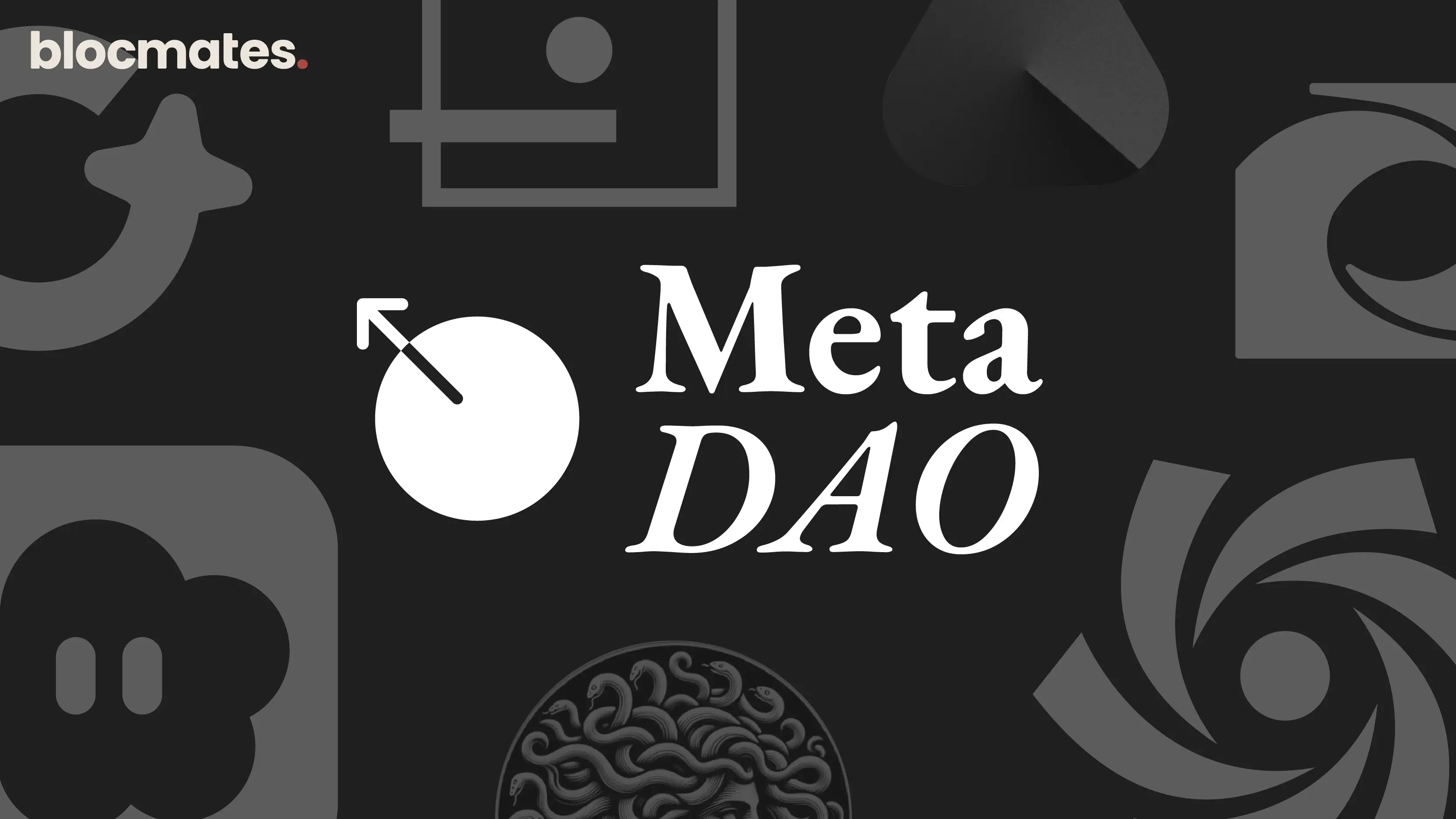
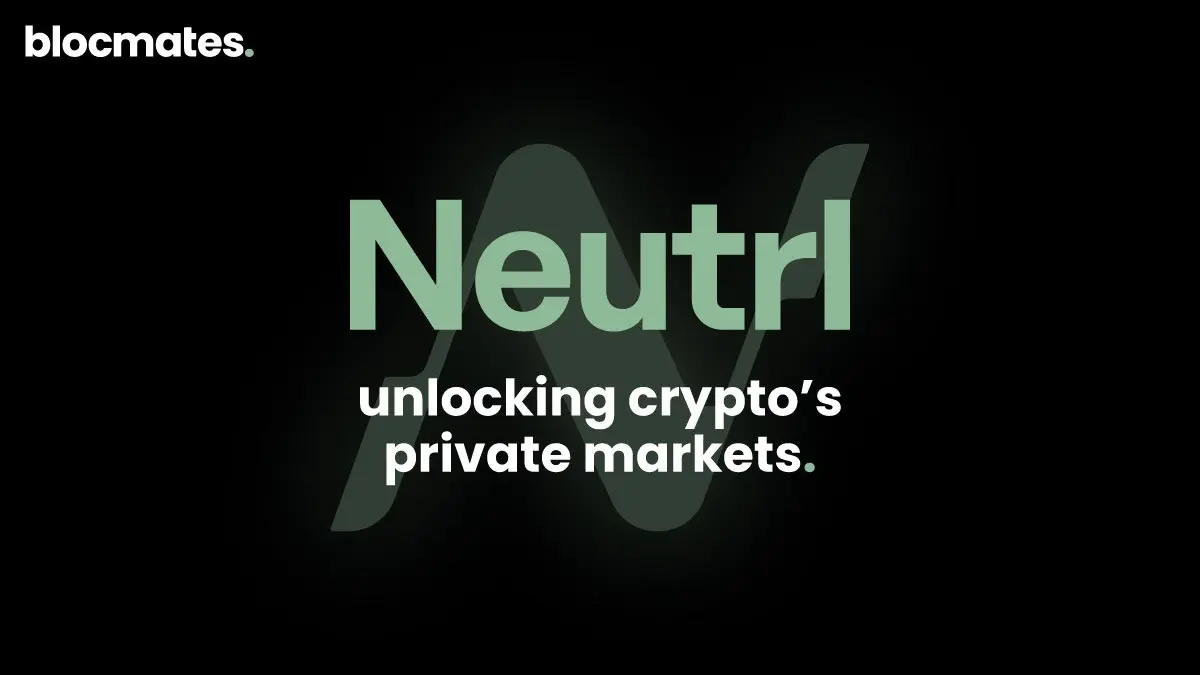


.webp)
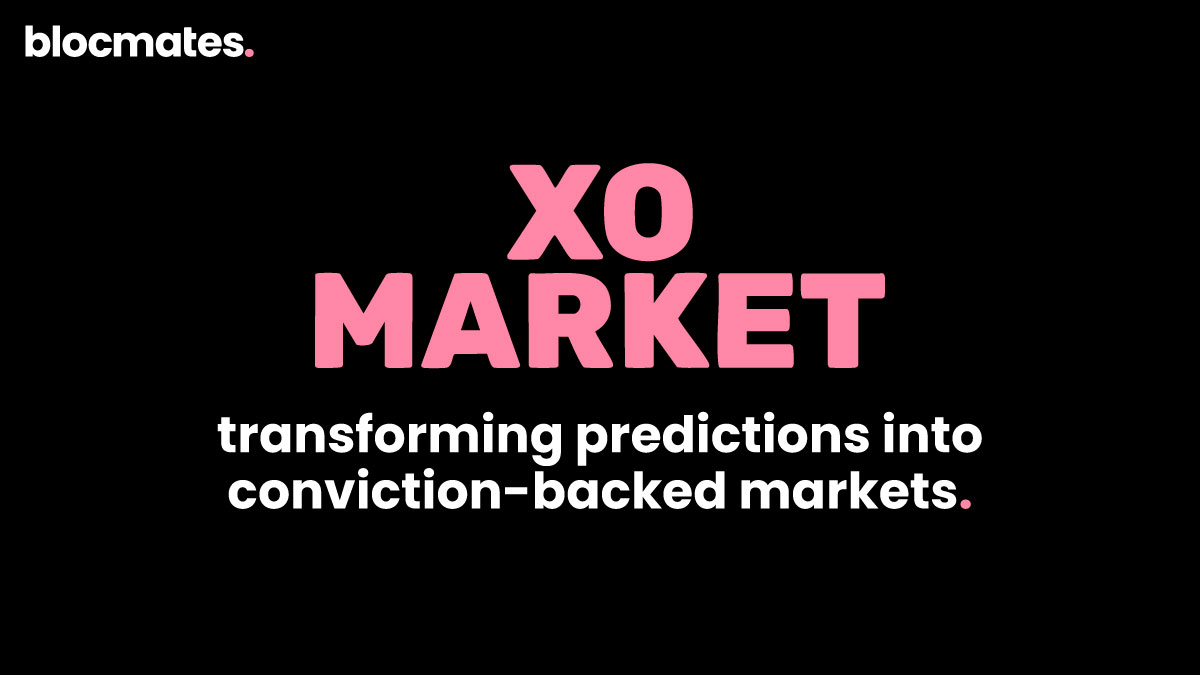
.webp)

%20(1).webp)
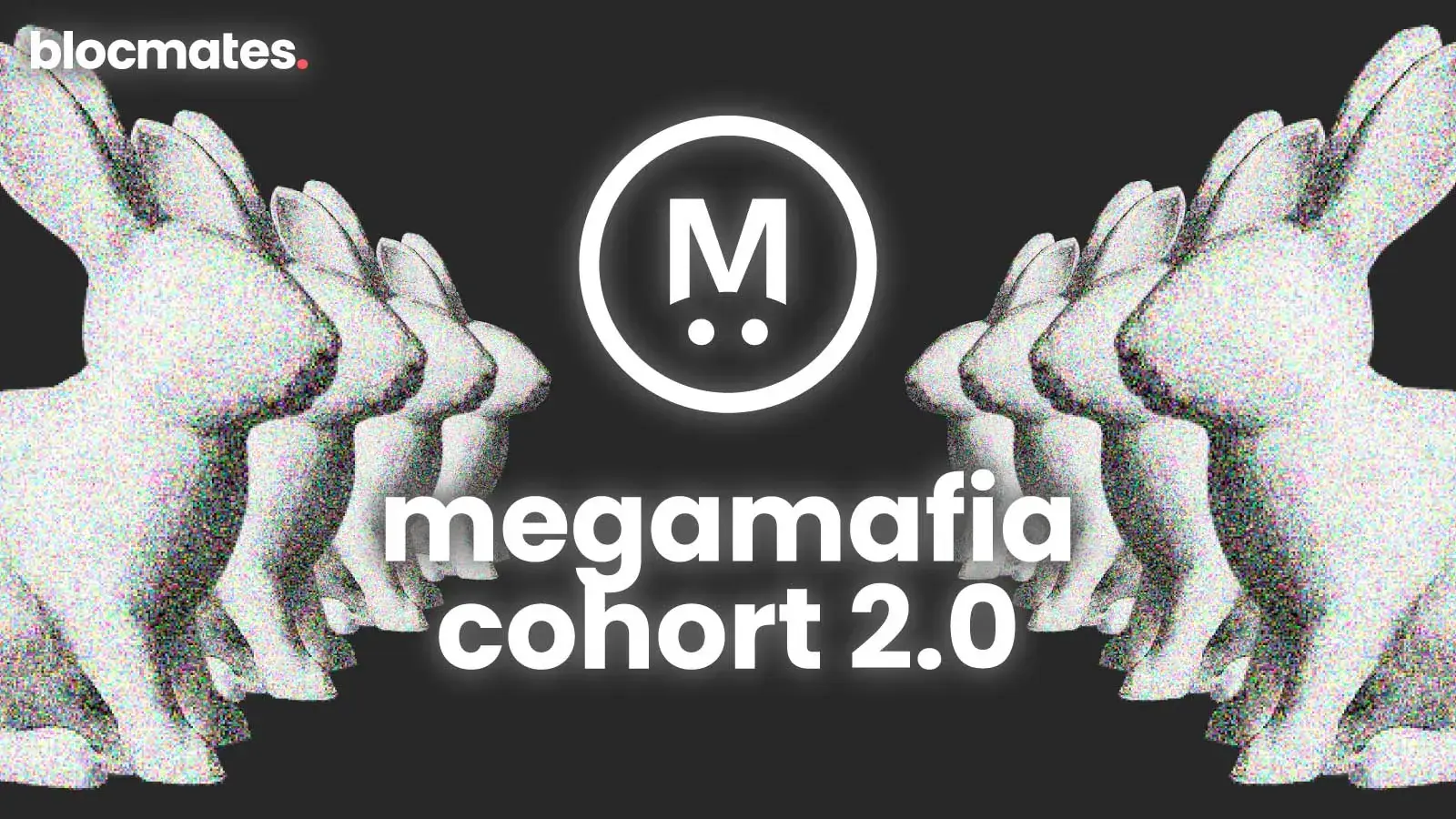
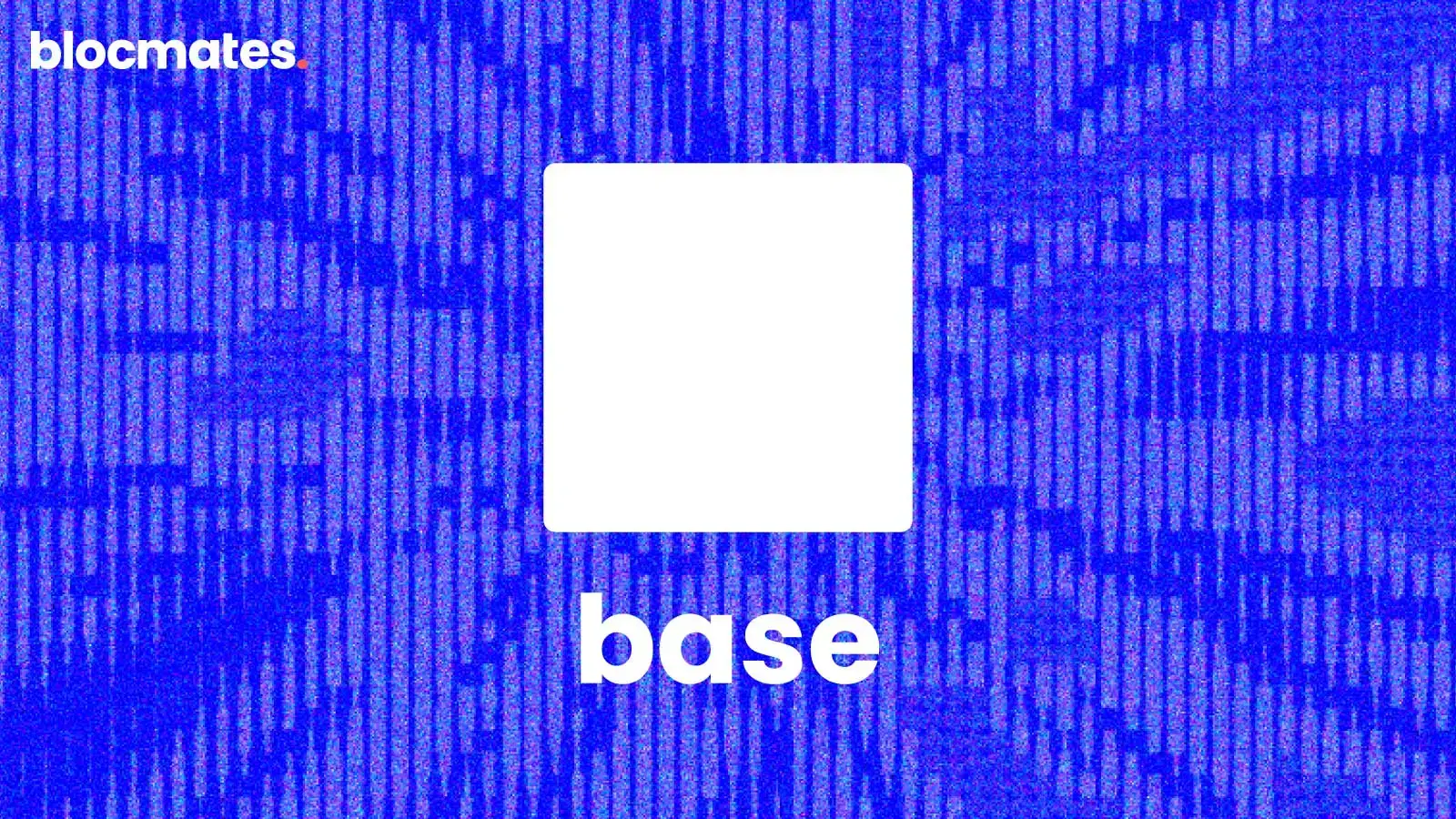
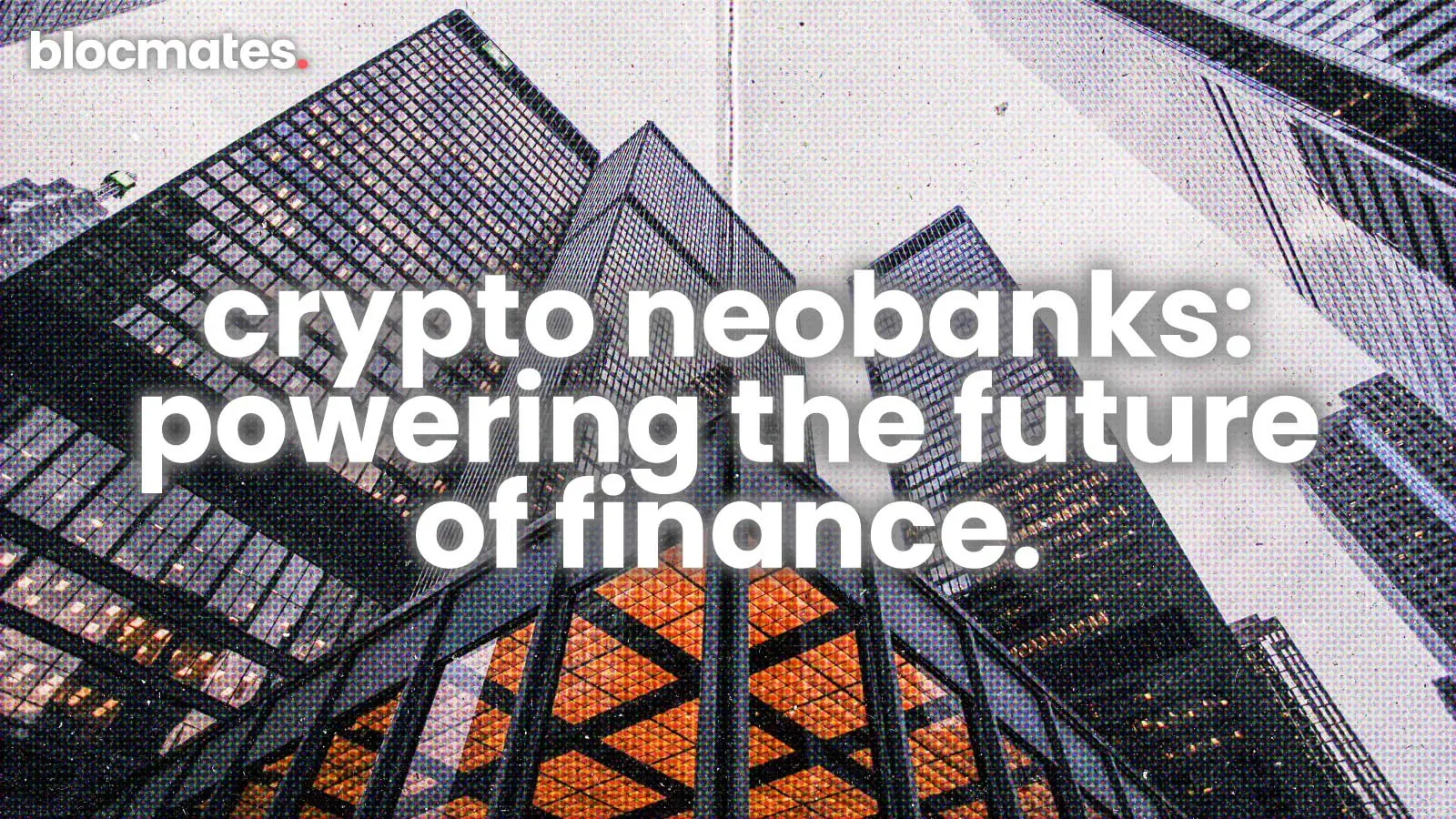


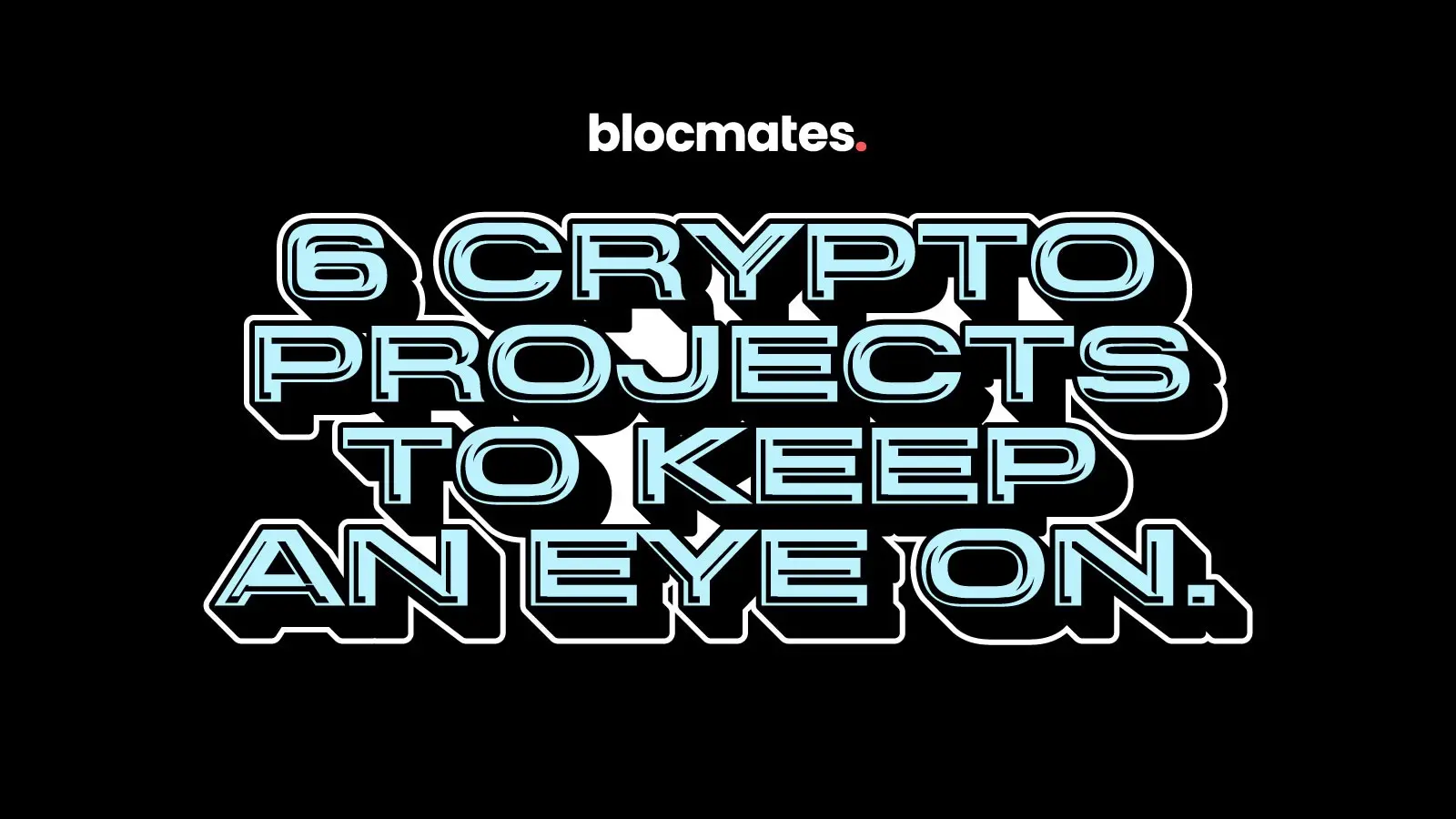
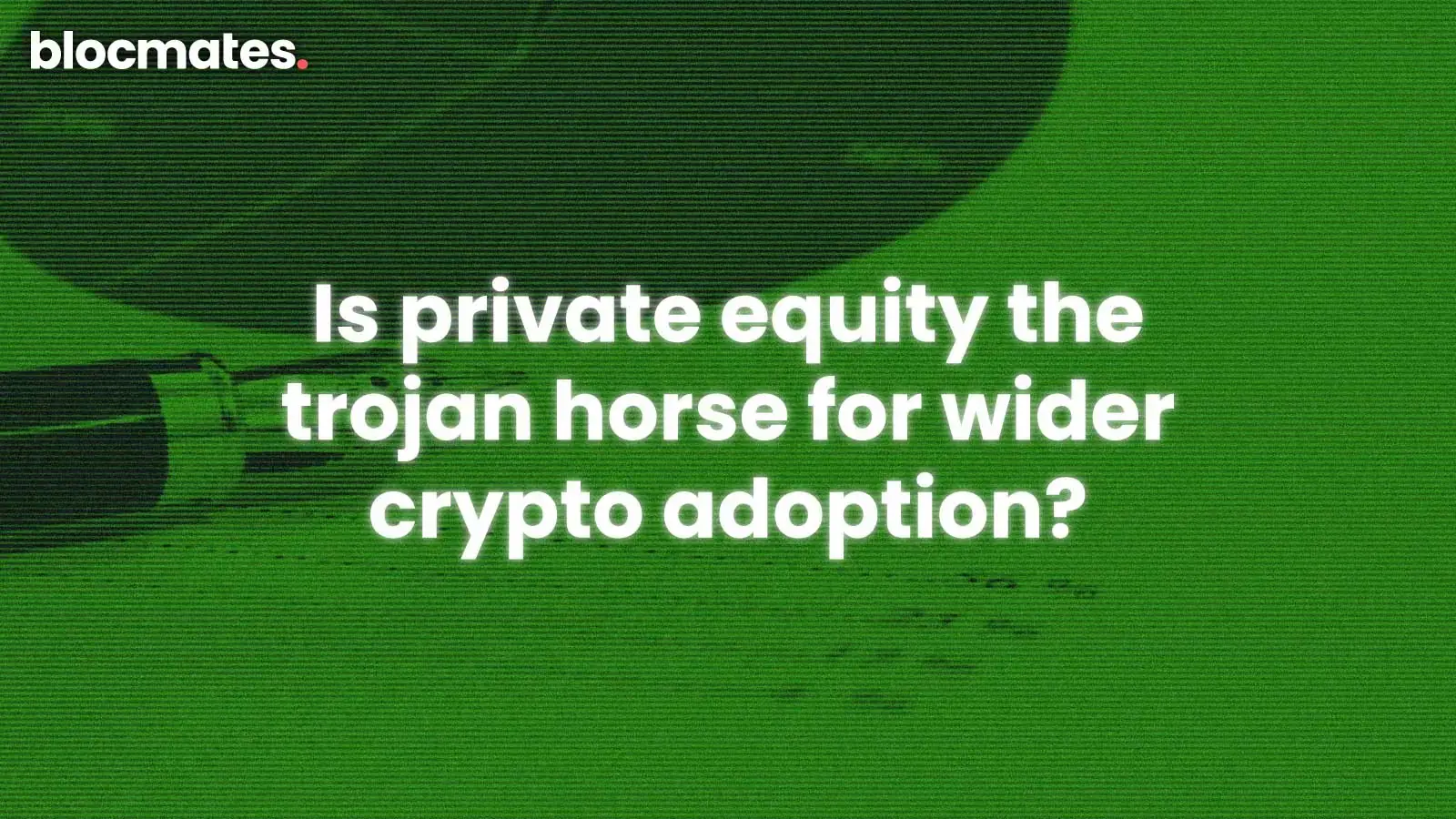
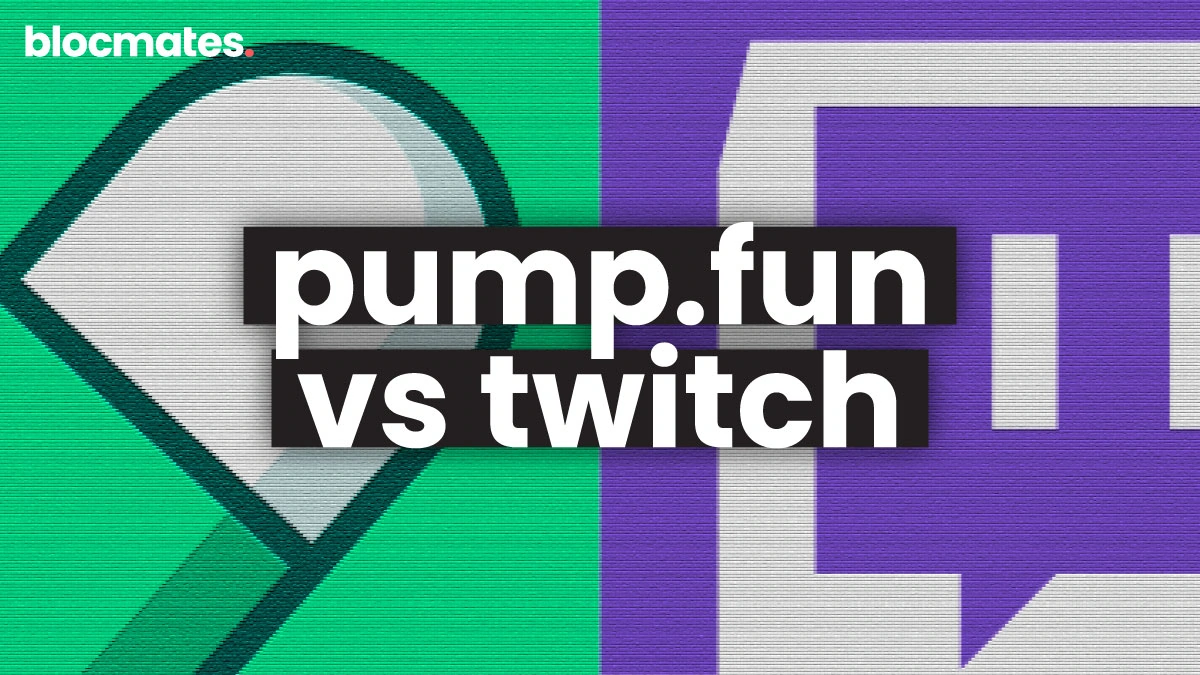

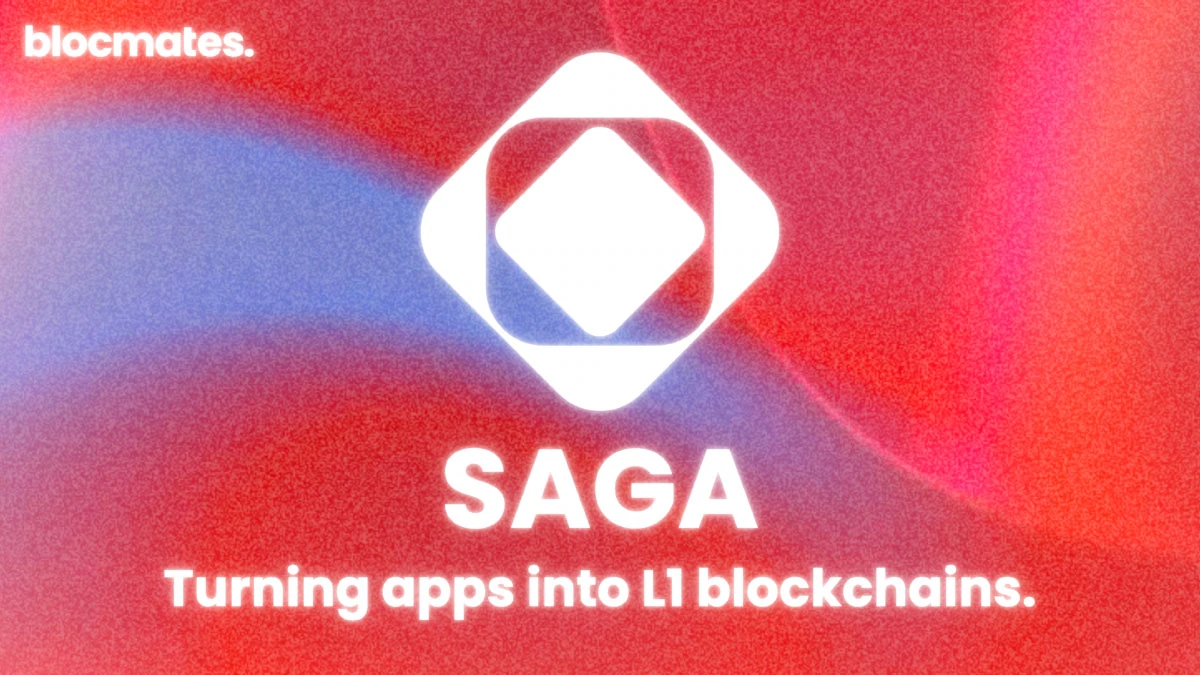



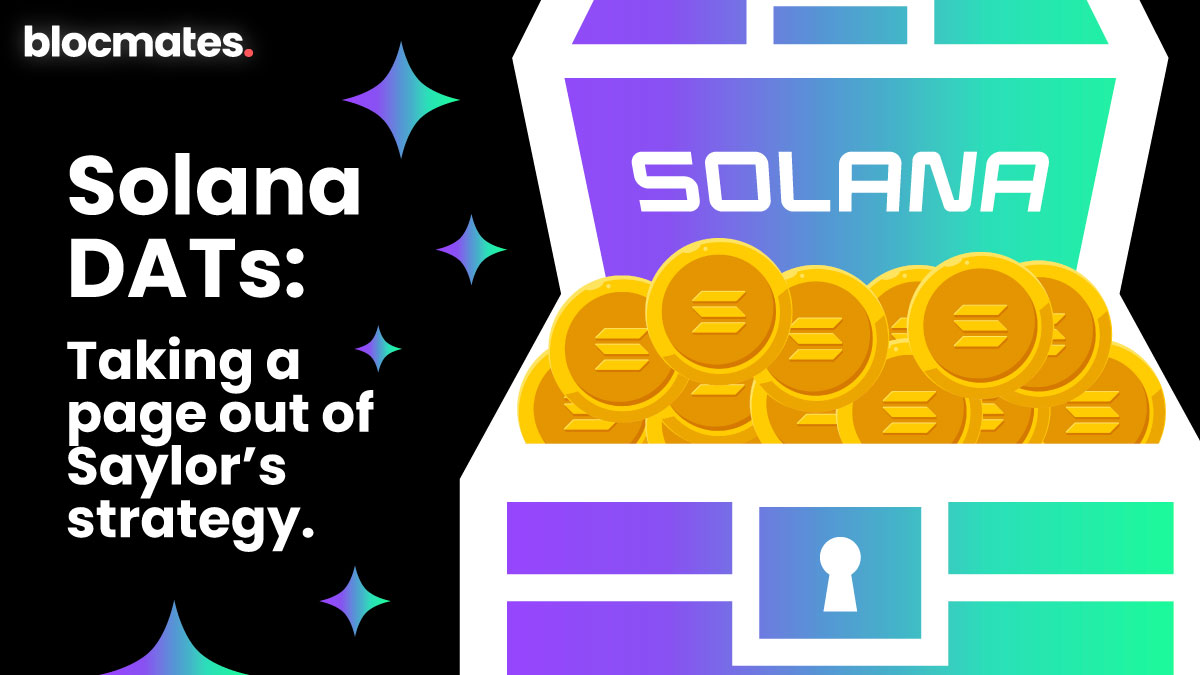

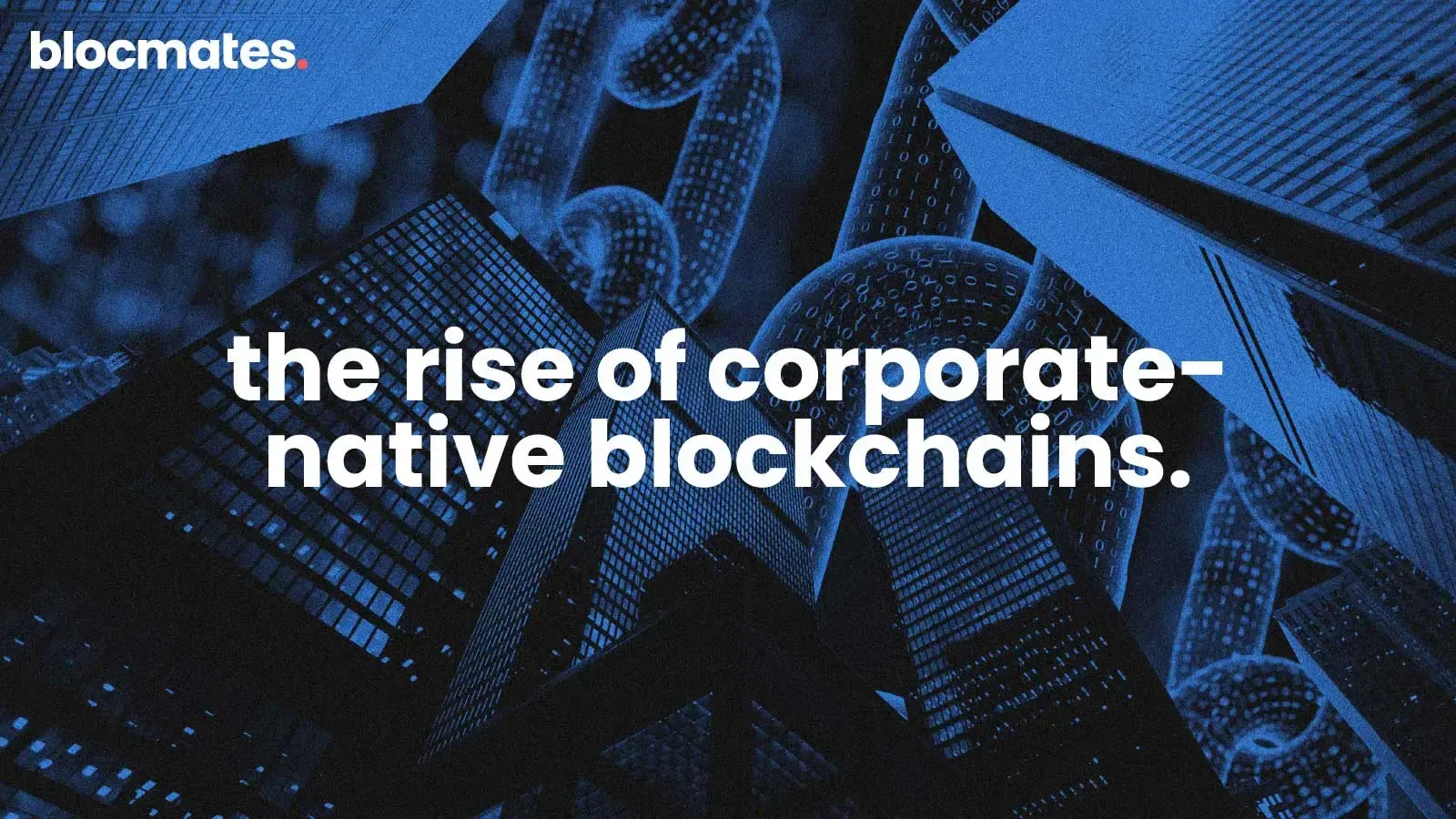
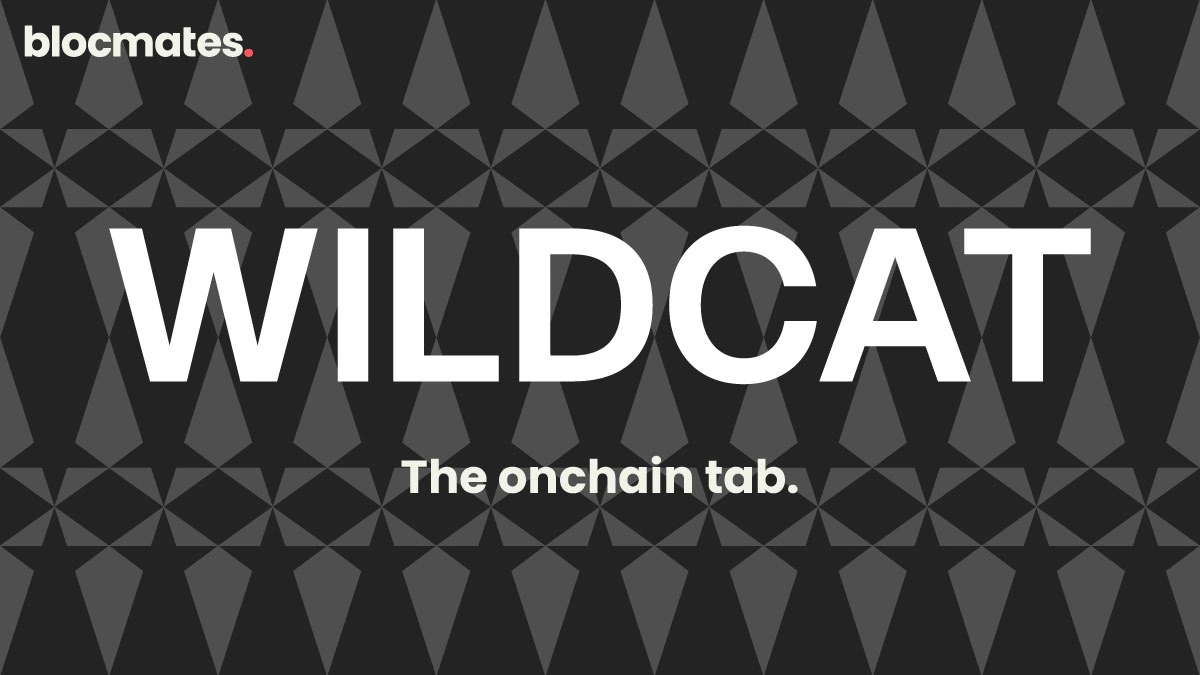


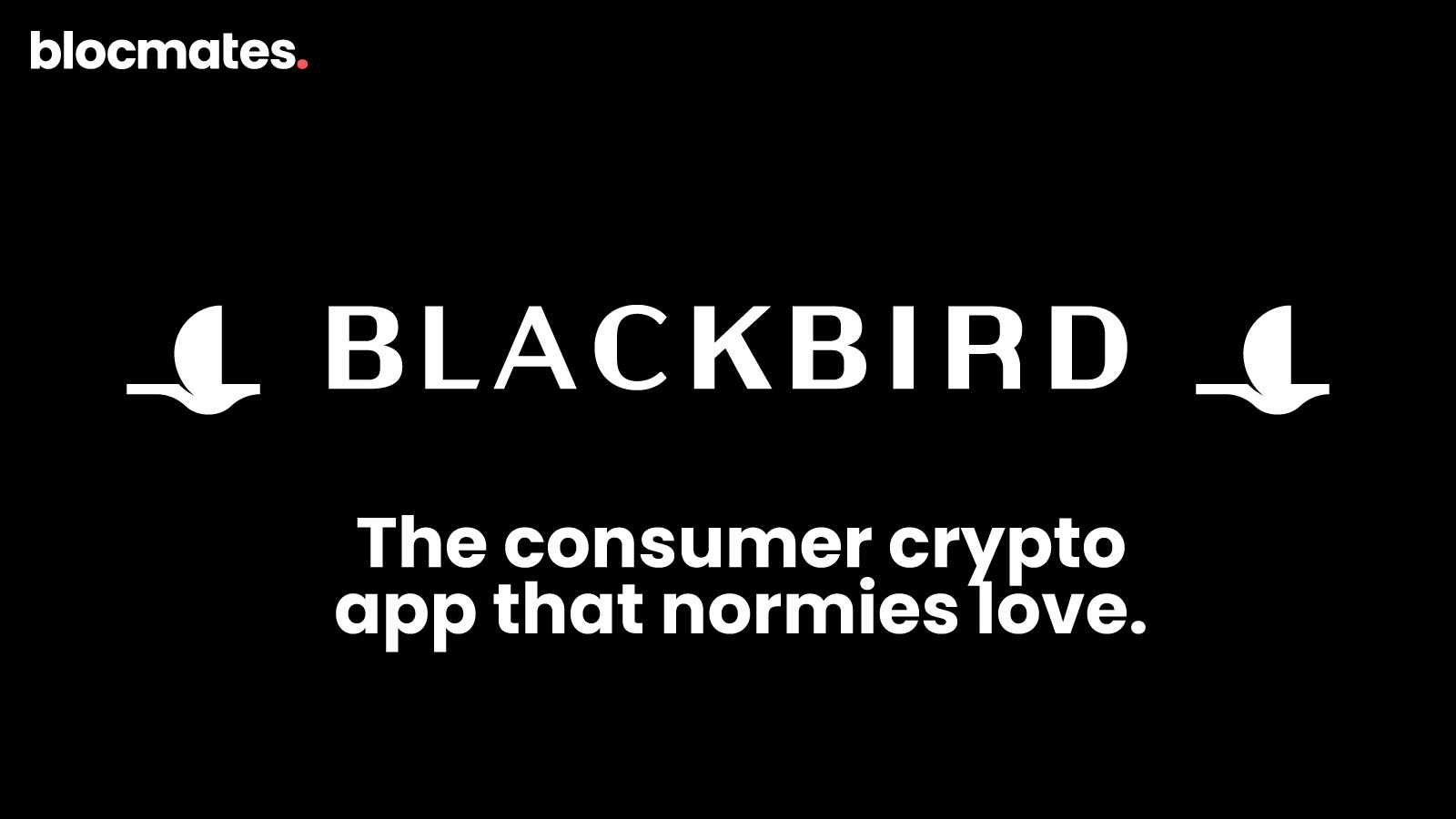
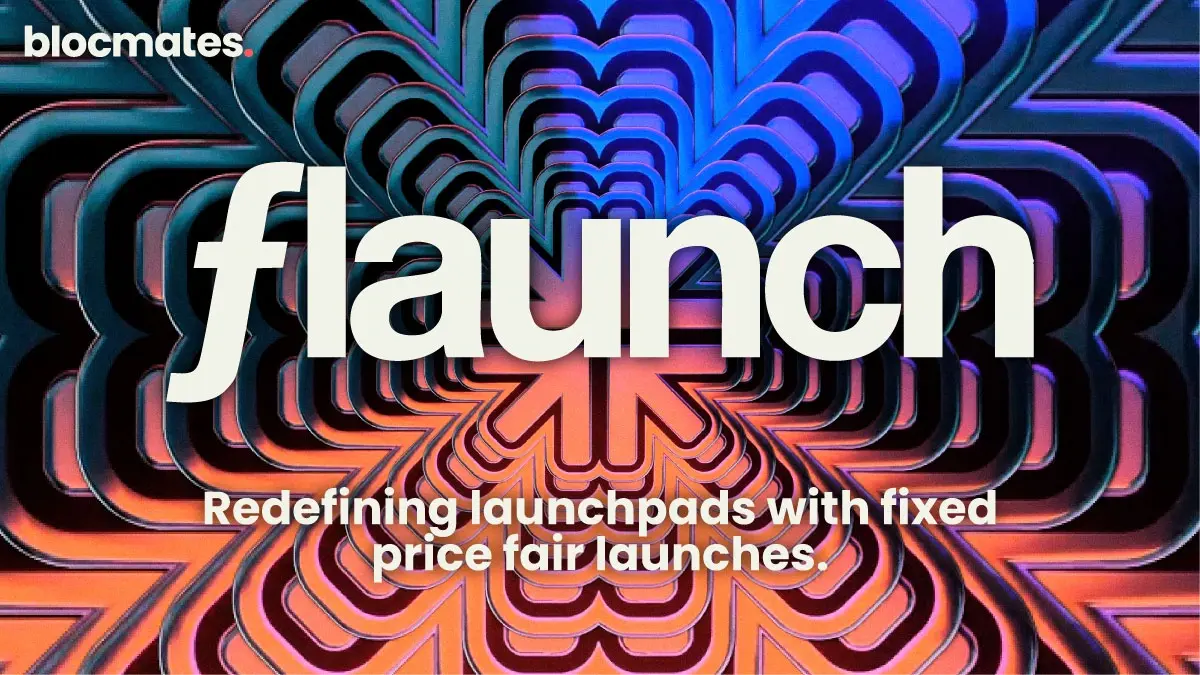




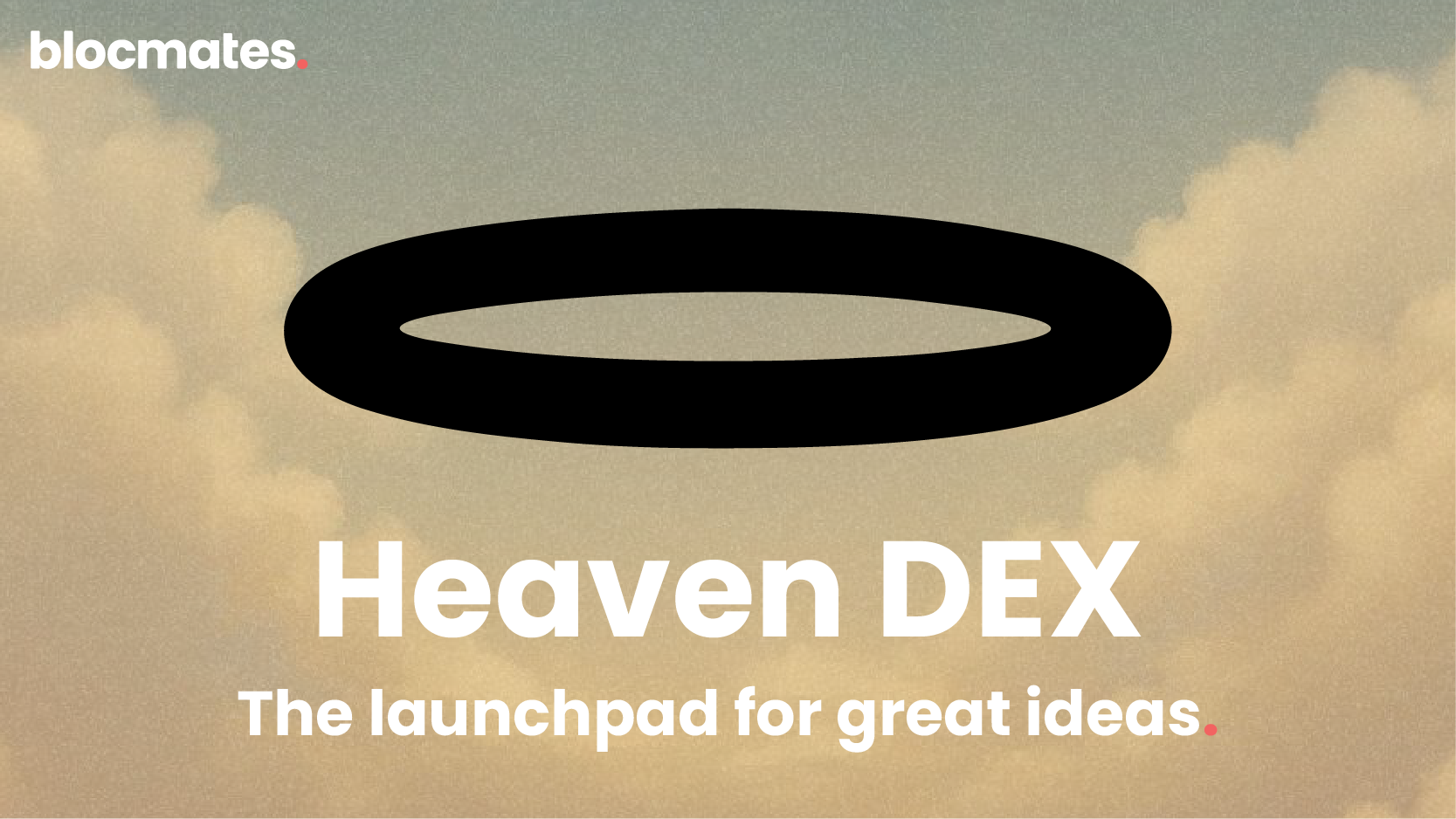
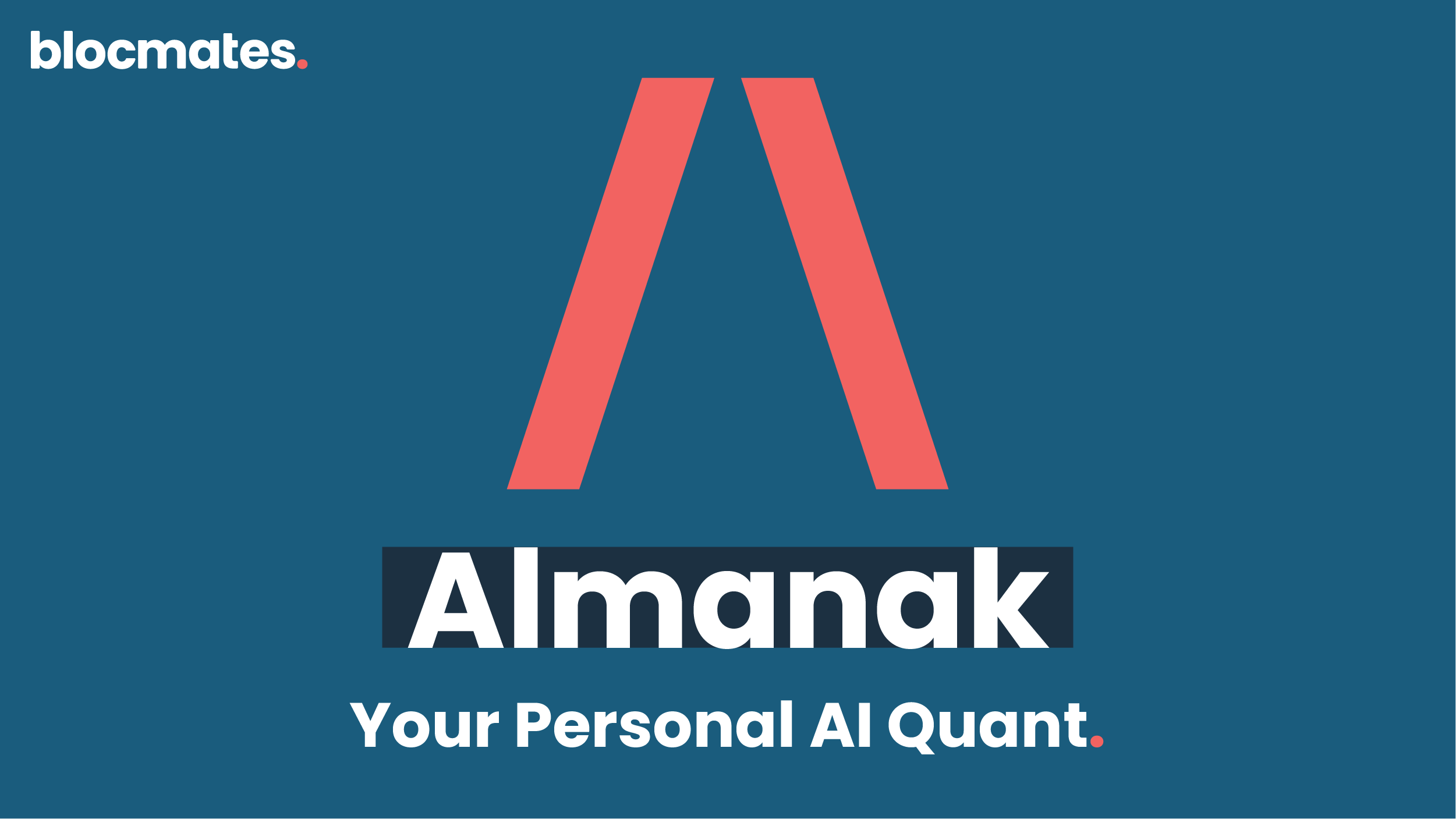
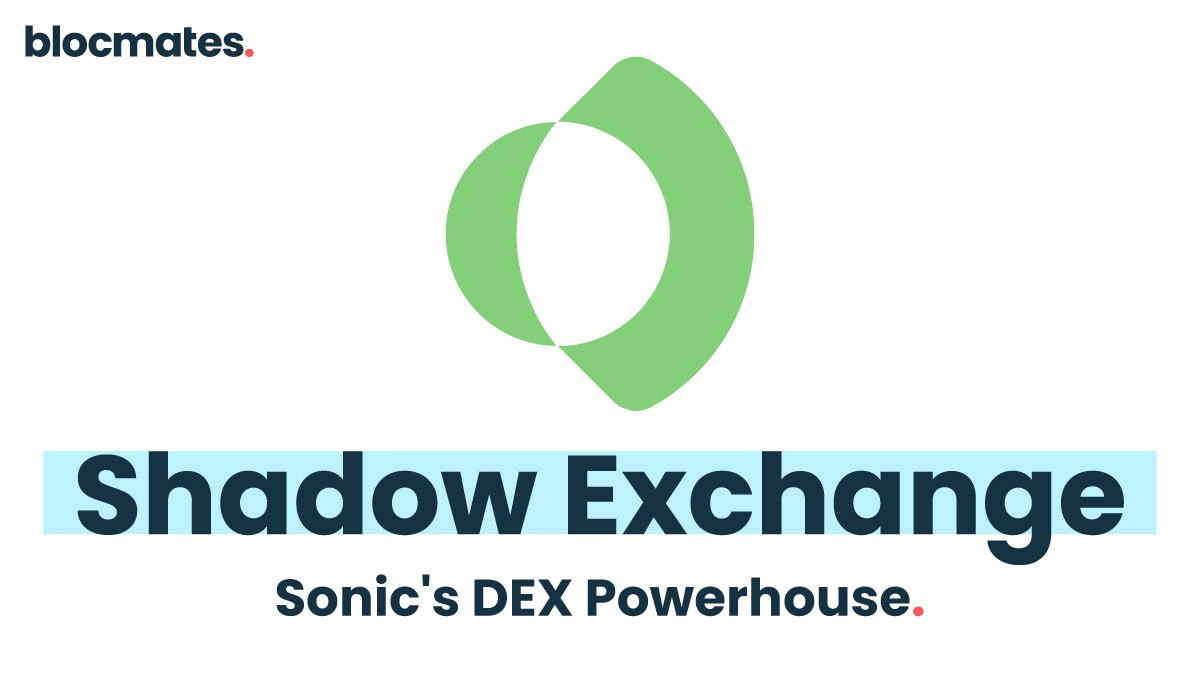
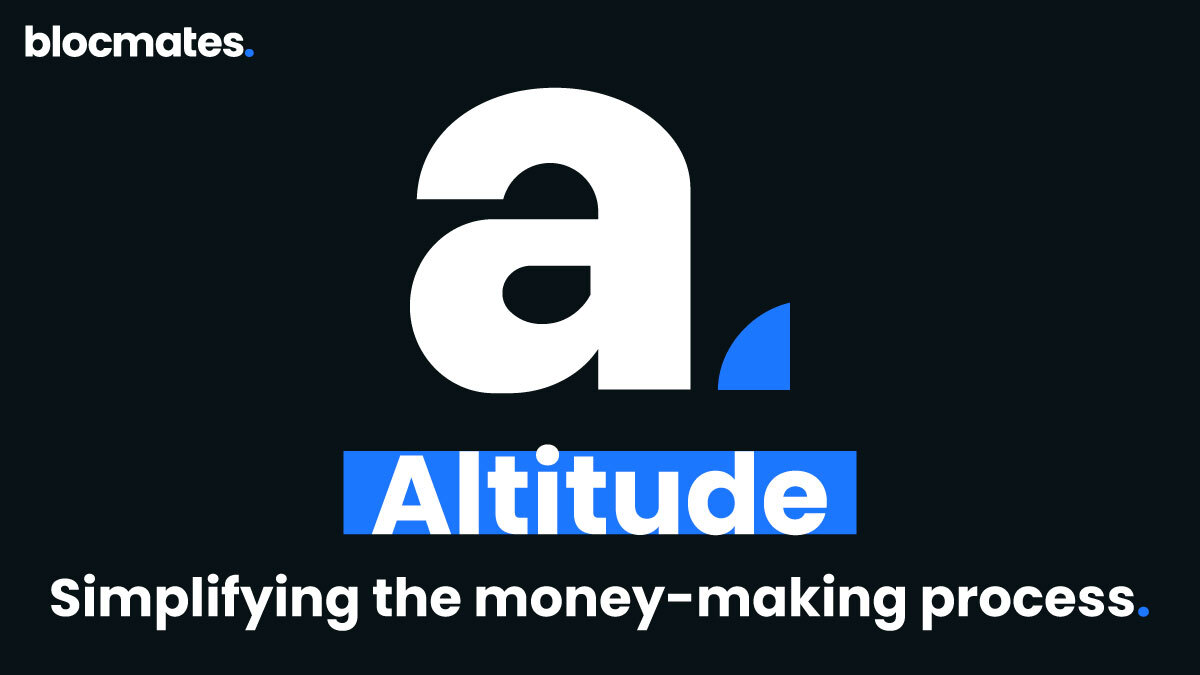
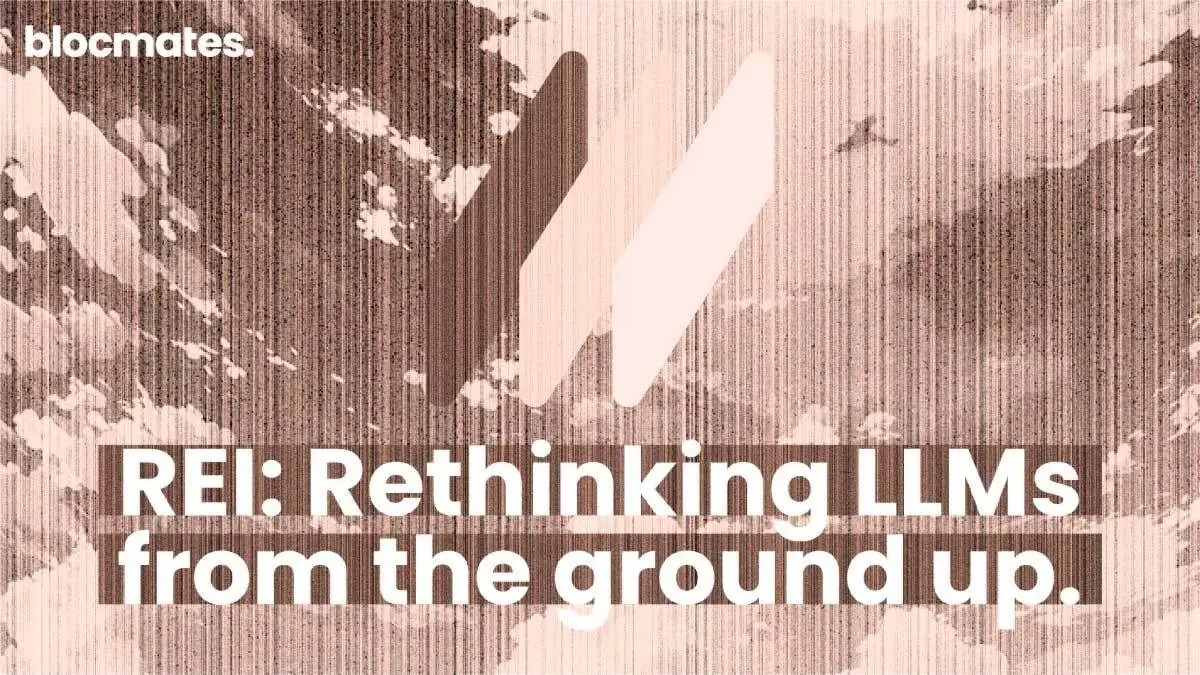
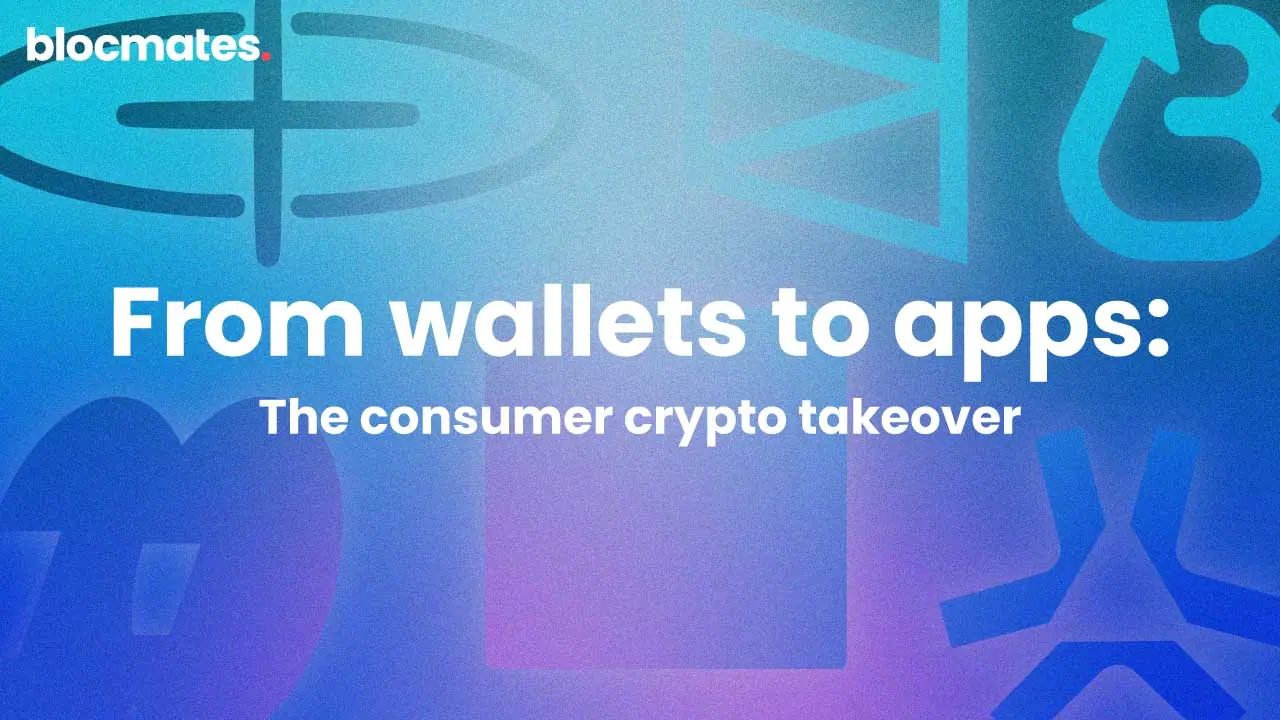
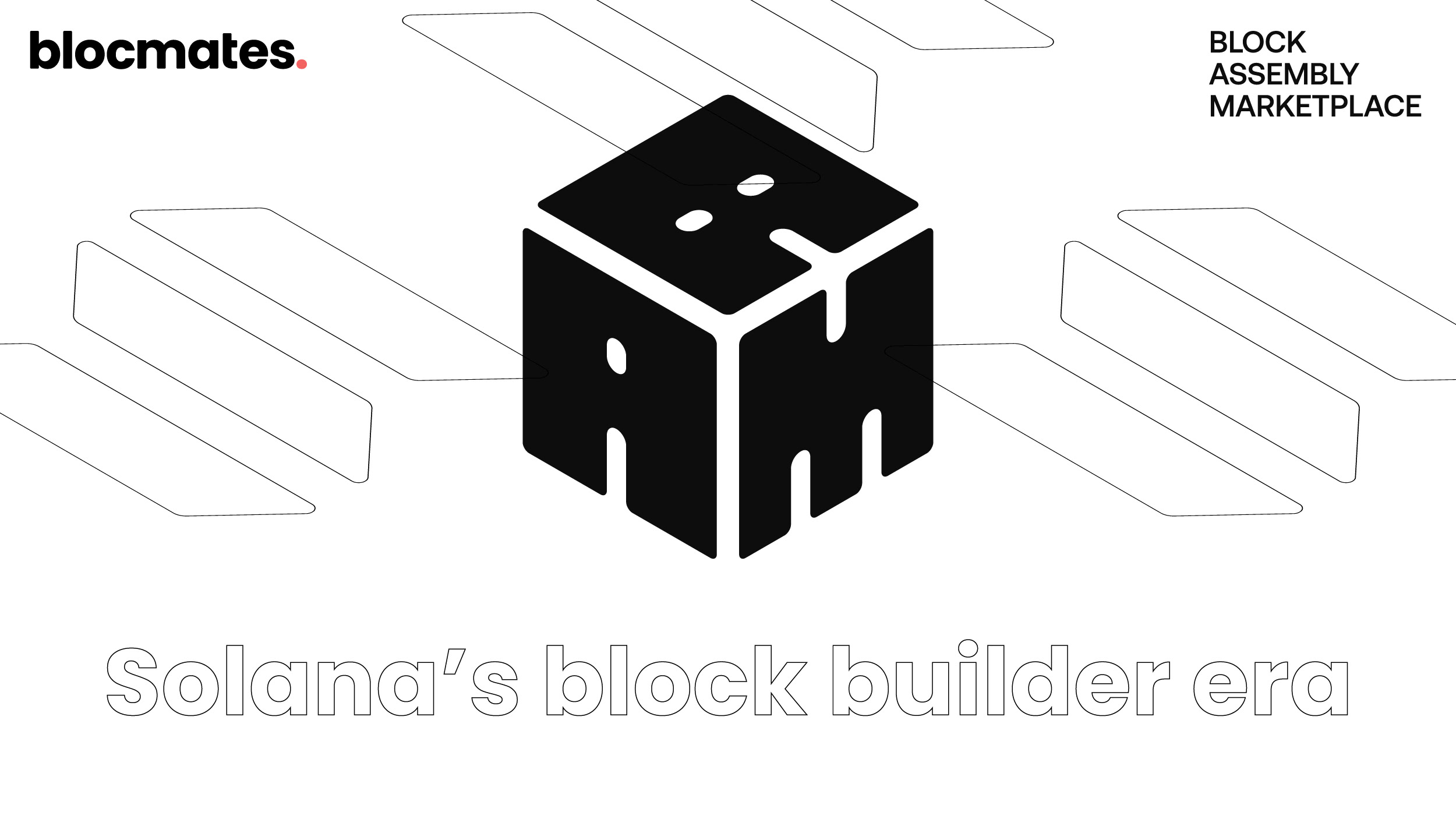

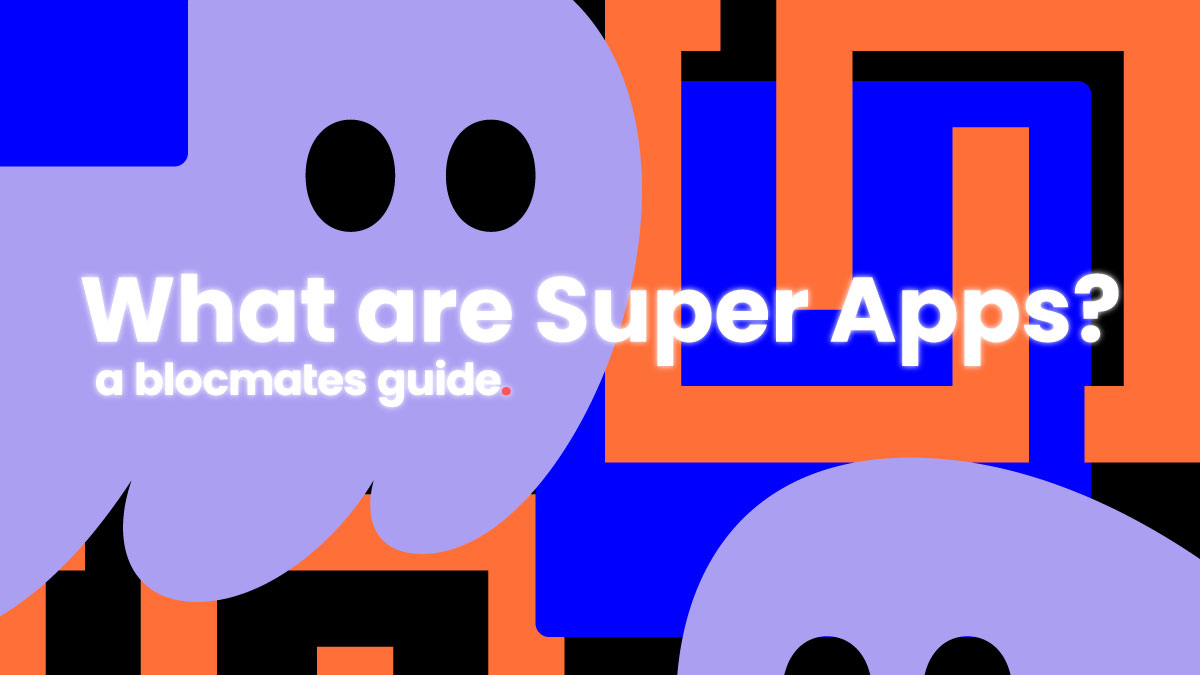
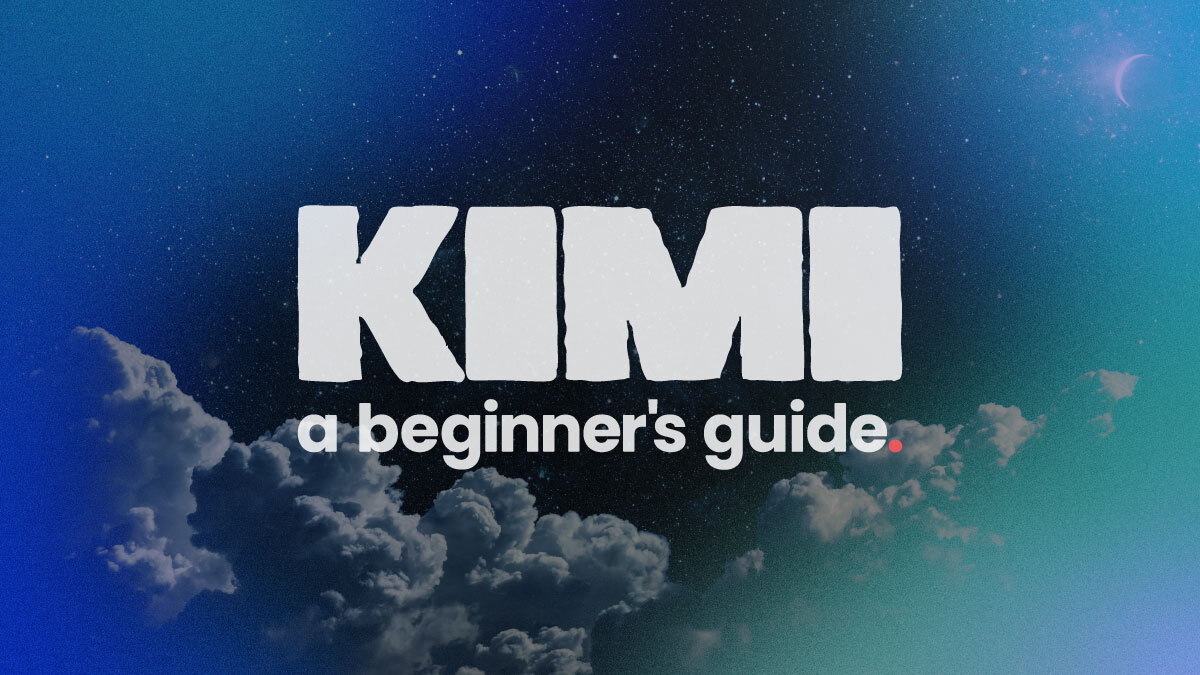
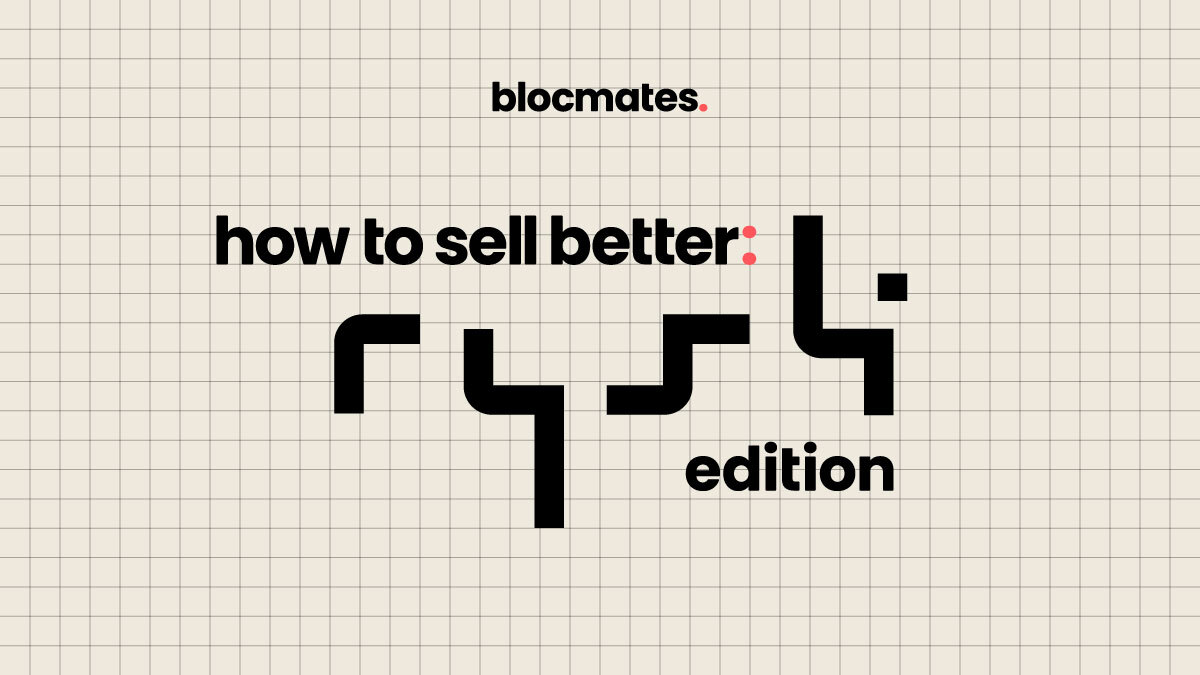


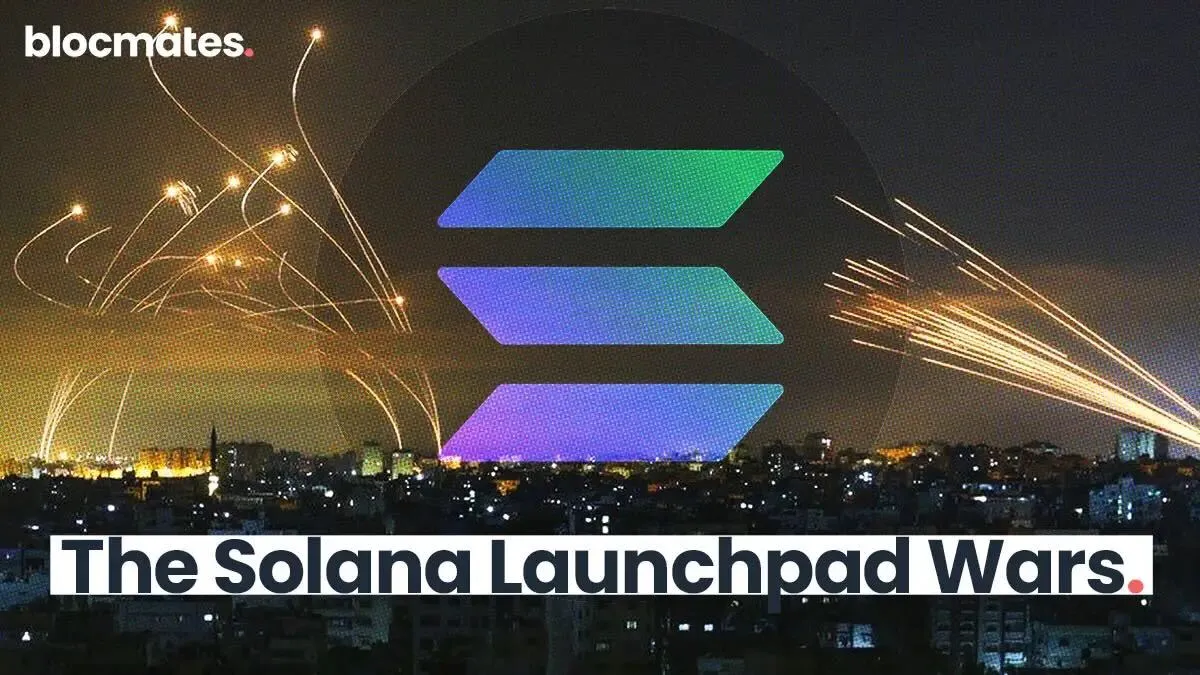




















%202.webp)


.webp)

.webp)
.webp)
.webp)


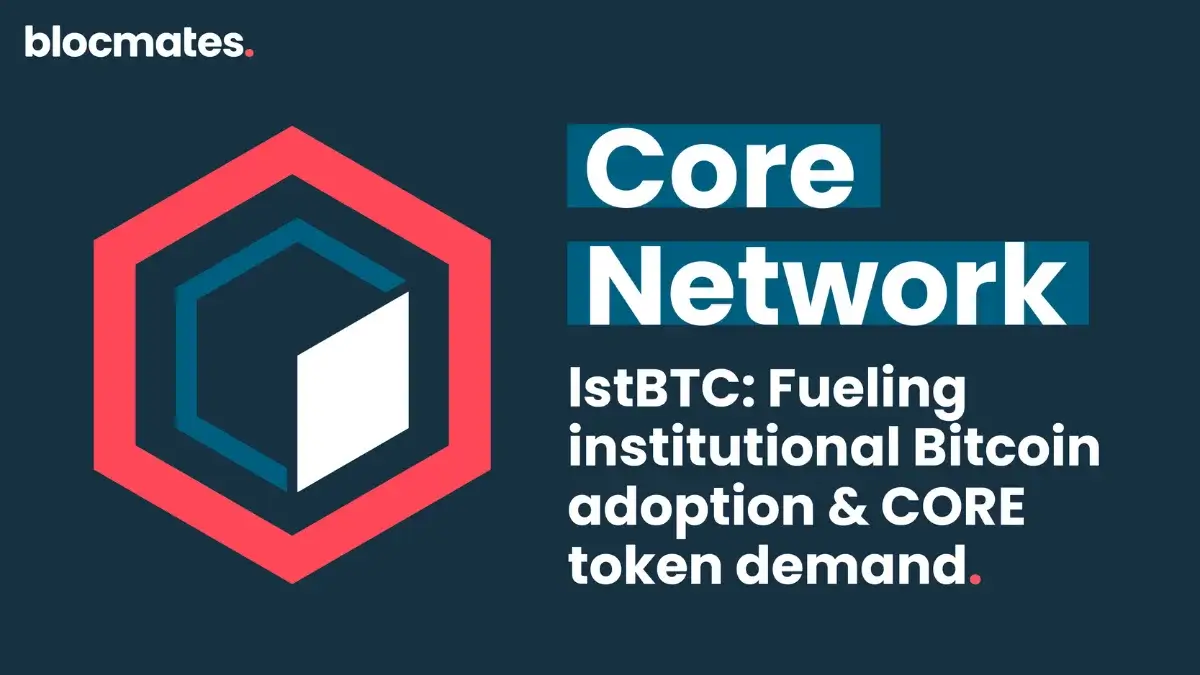
.webp)

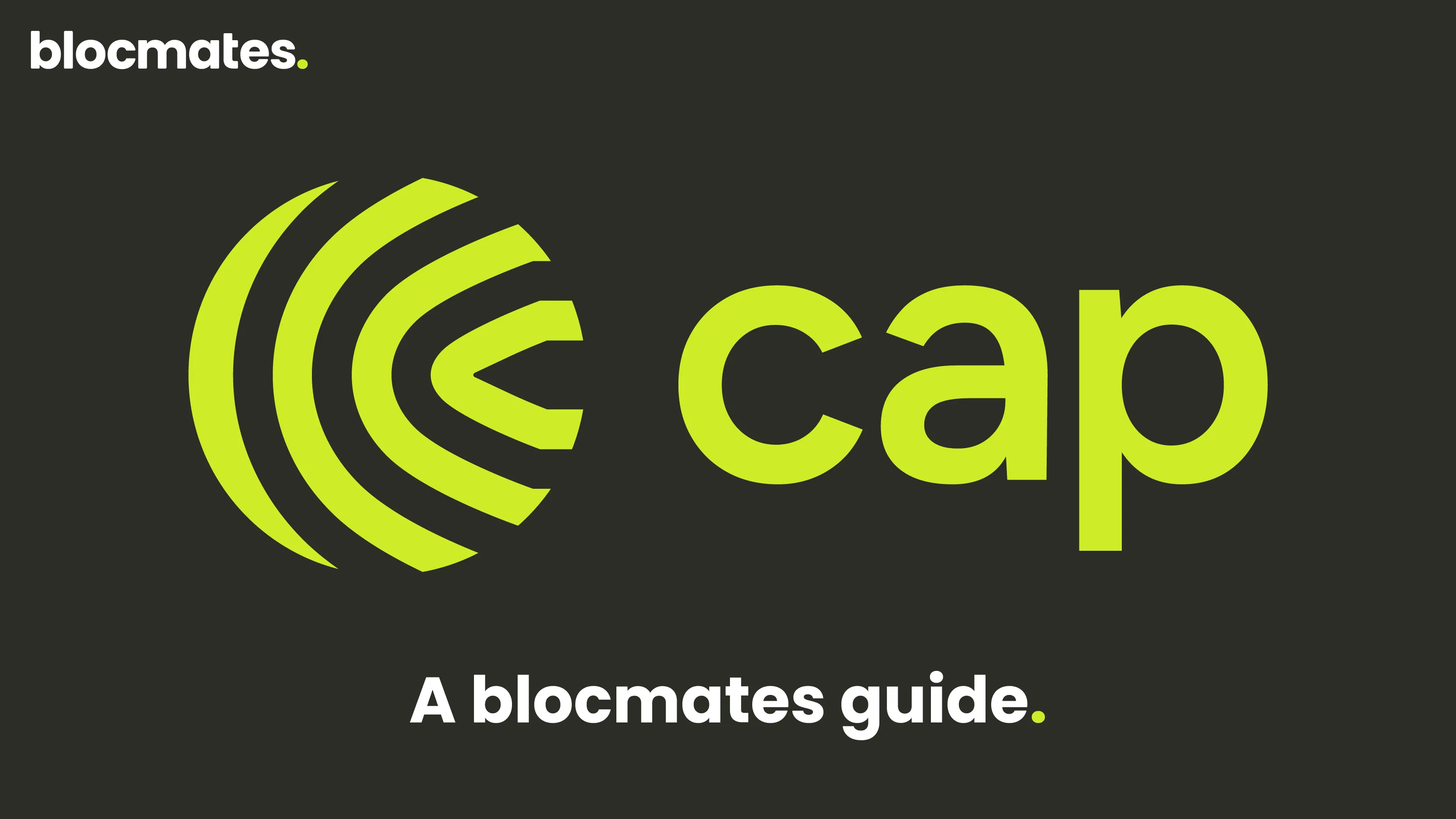










%20the%20Next%20Big%20Unlock%20in%20AI.webp)




.webp)
.webp)

.webp)
.webp)
.webp)


.webp)
.webp)










.webp)


.webp)









.webp)







.webp)




.webp)
















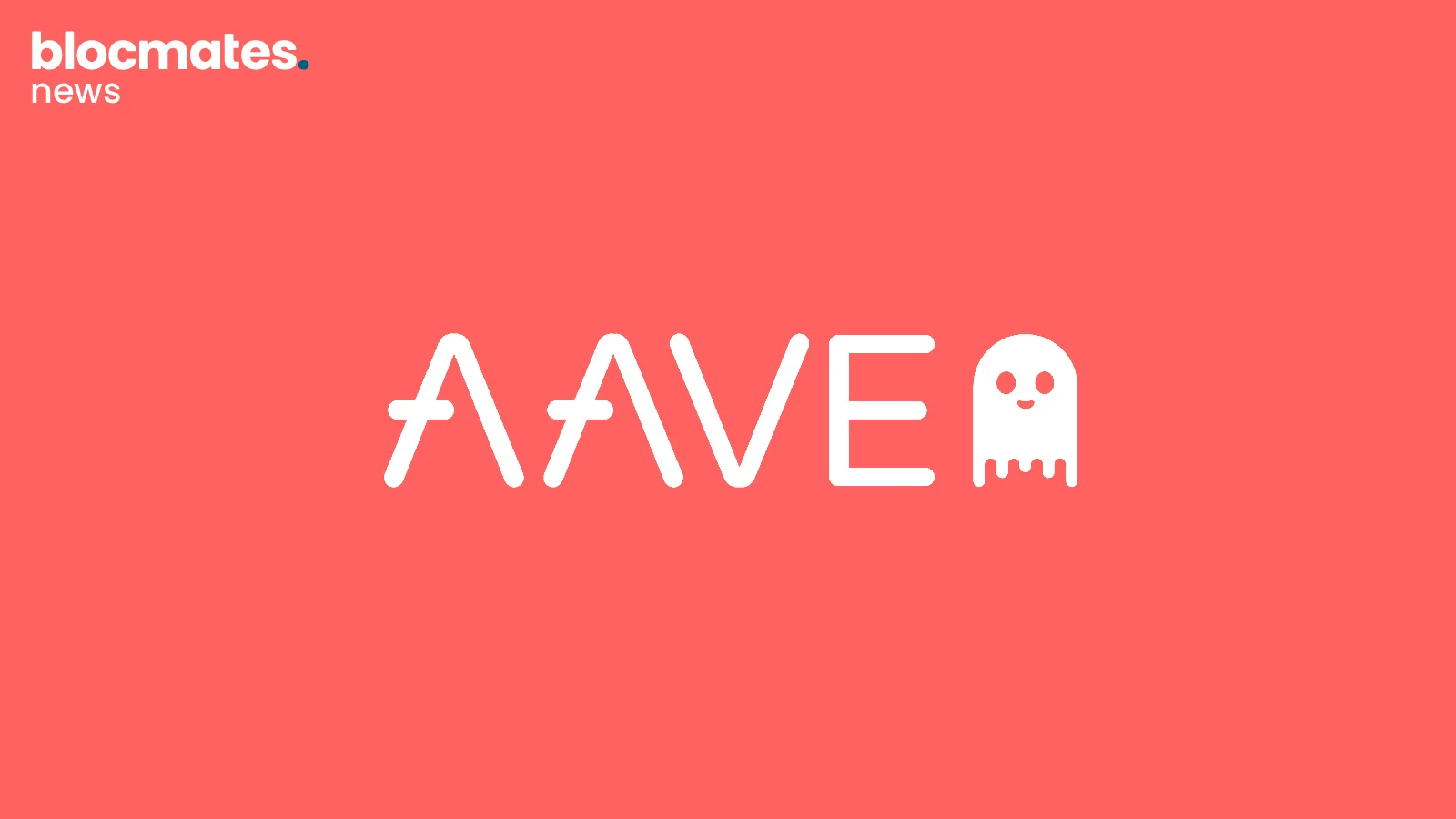
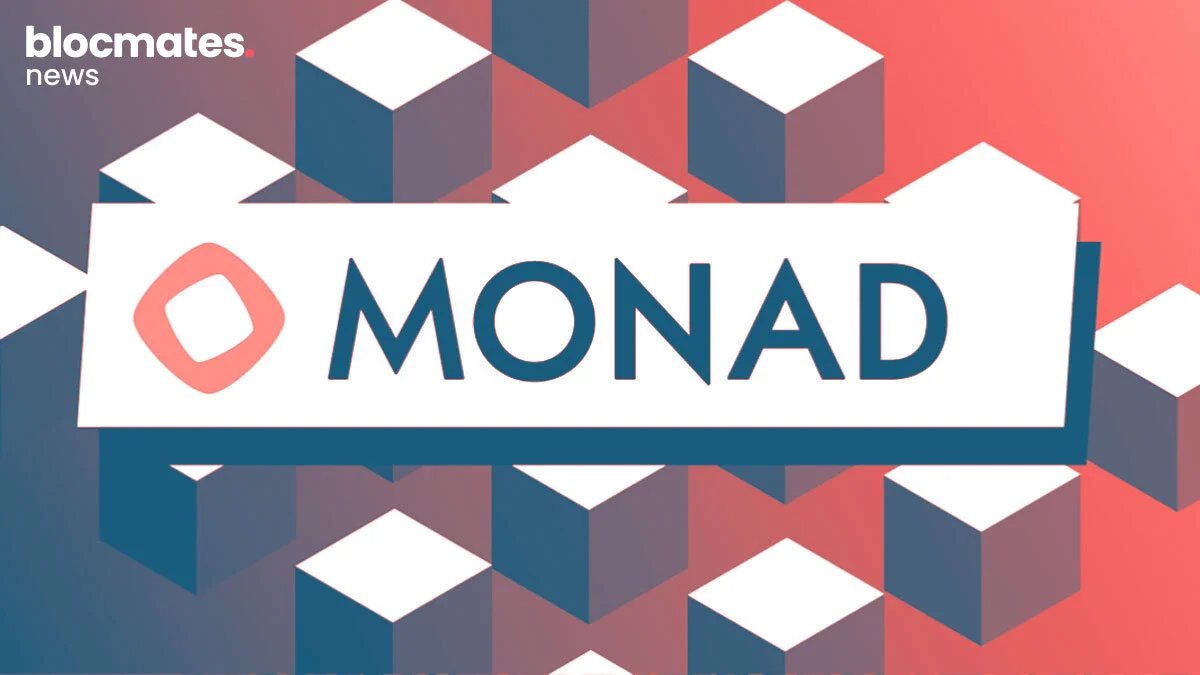








.webp)







.webp)




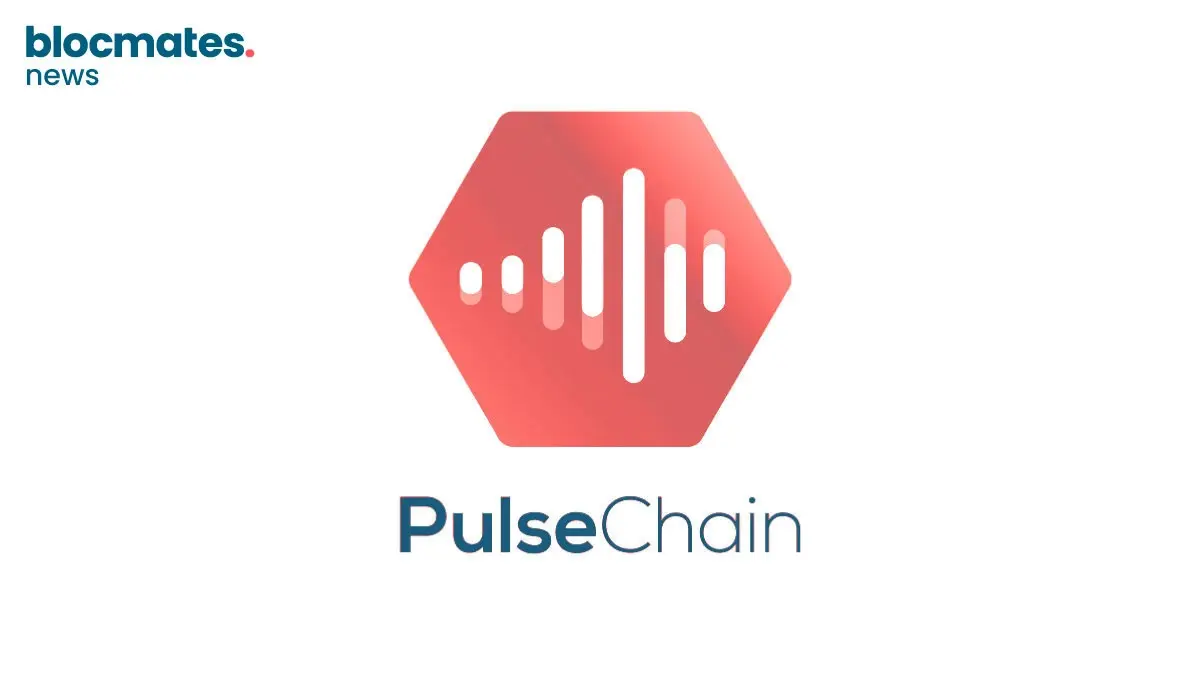

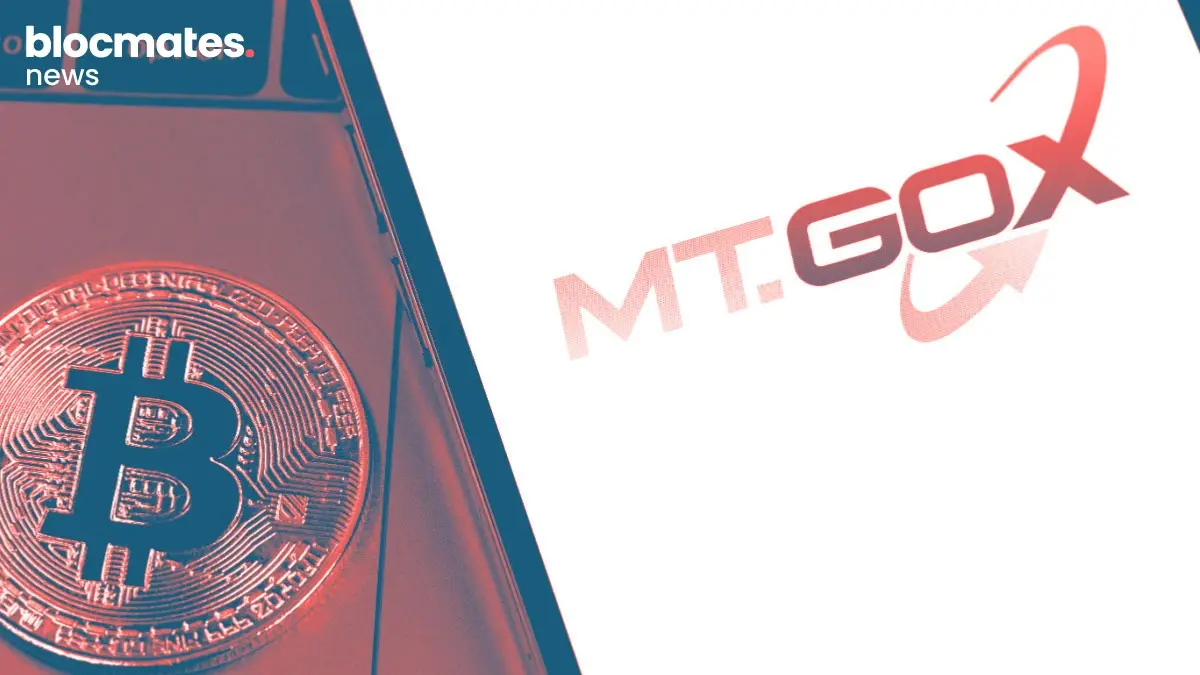

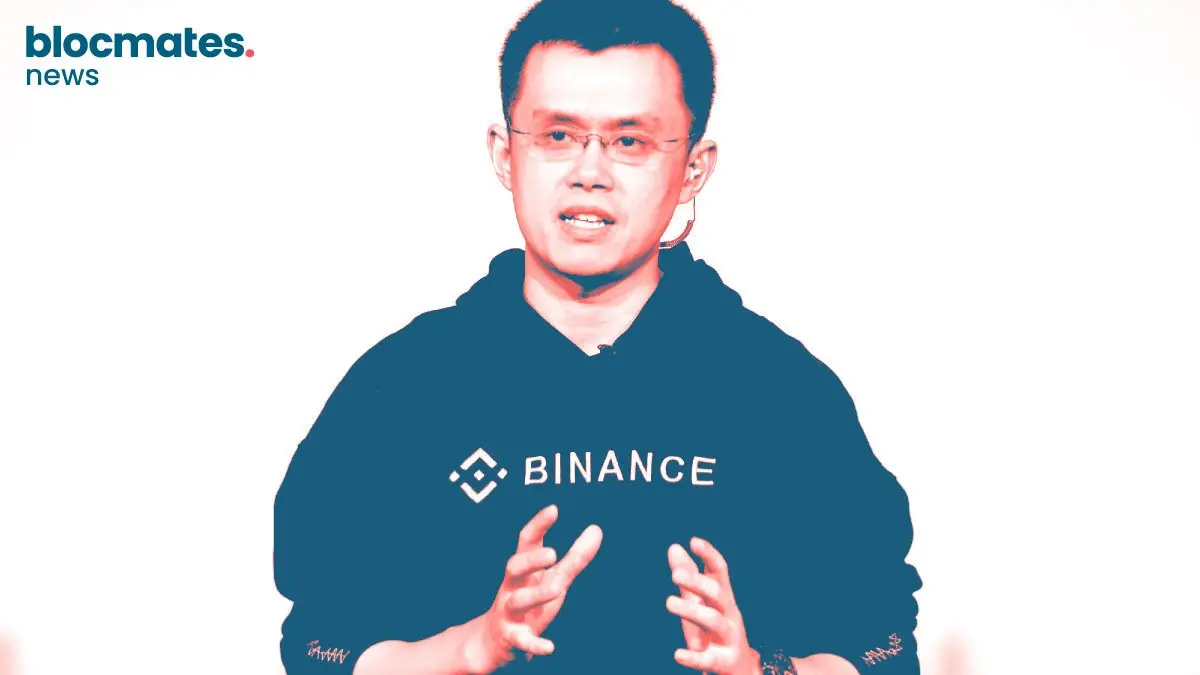


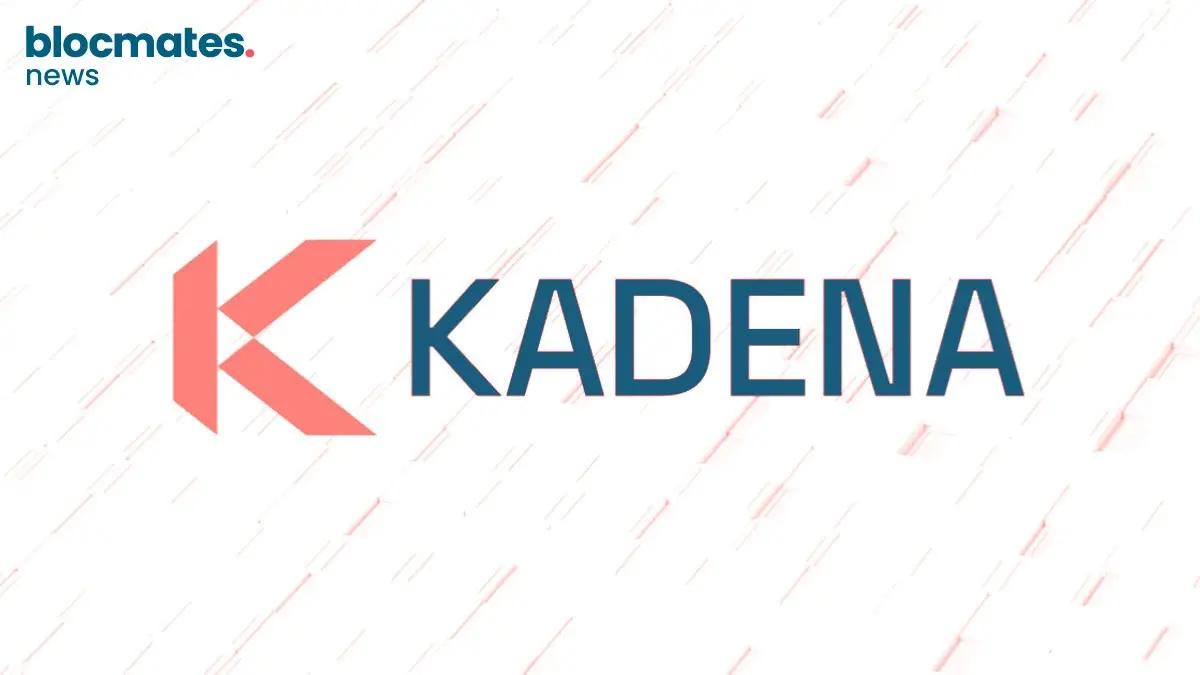
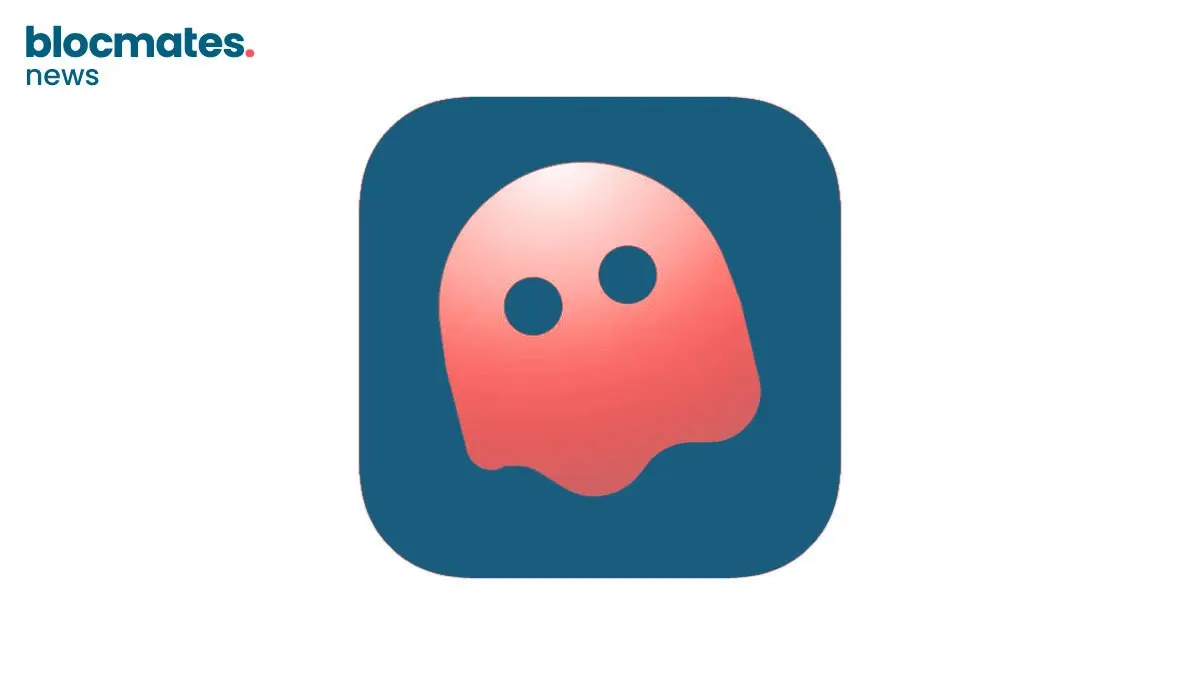
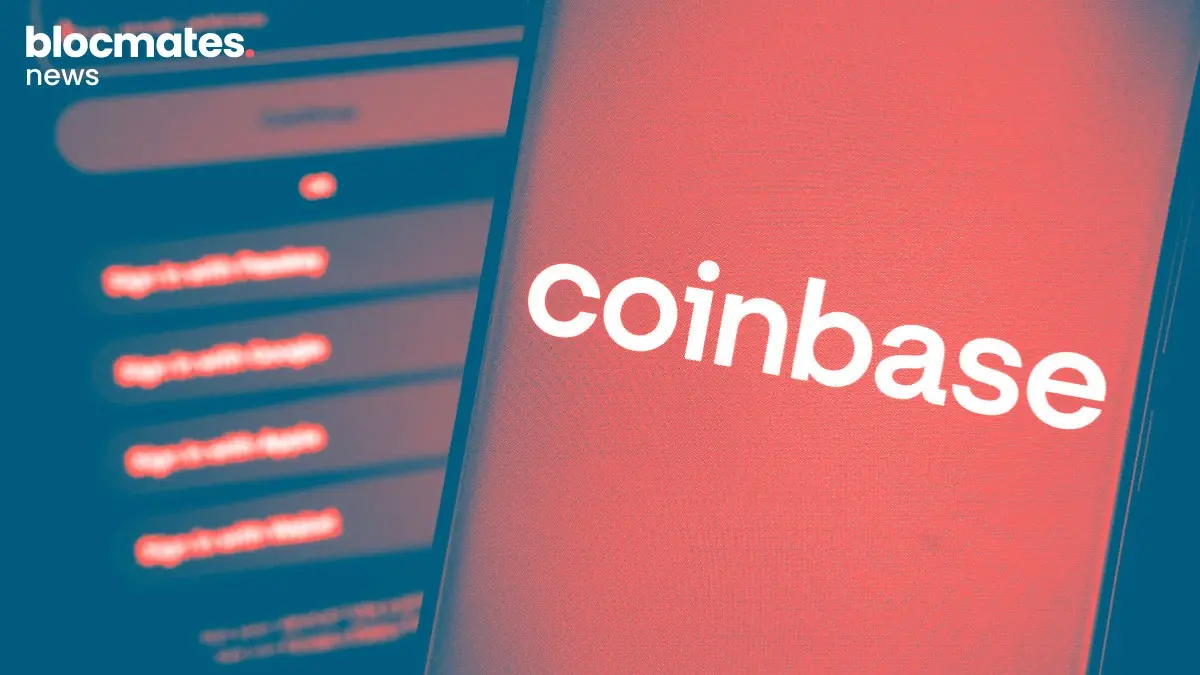

.webp)

.webp)
.webp)

.webp)


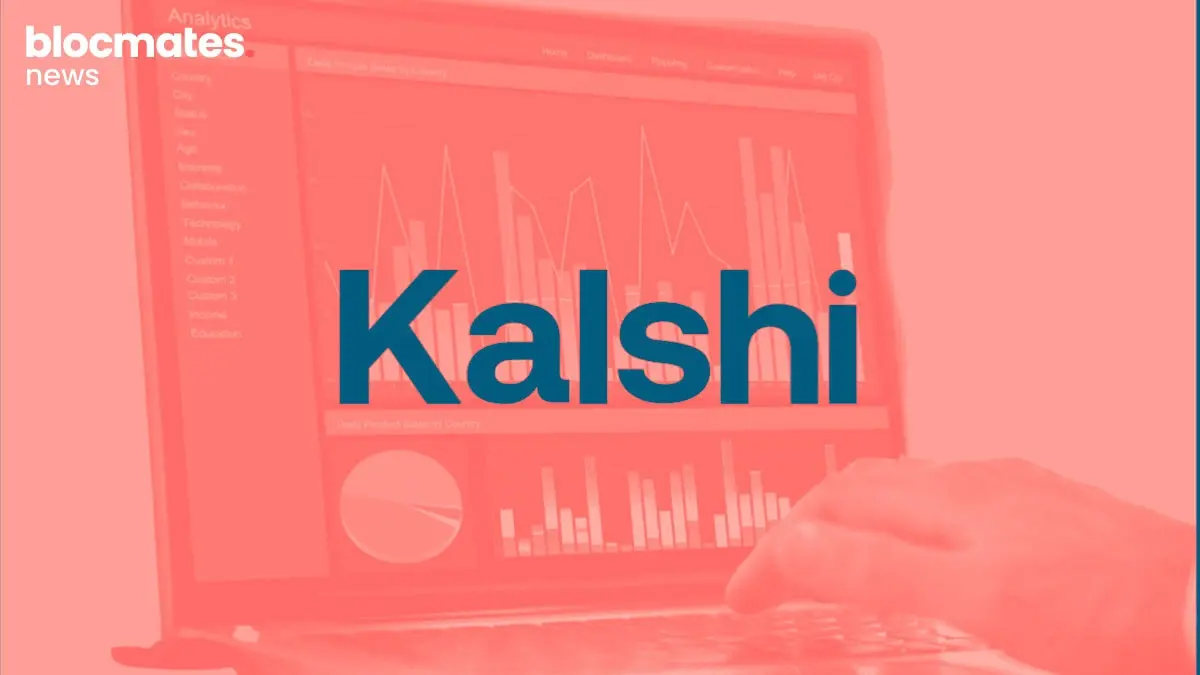
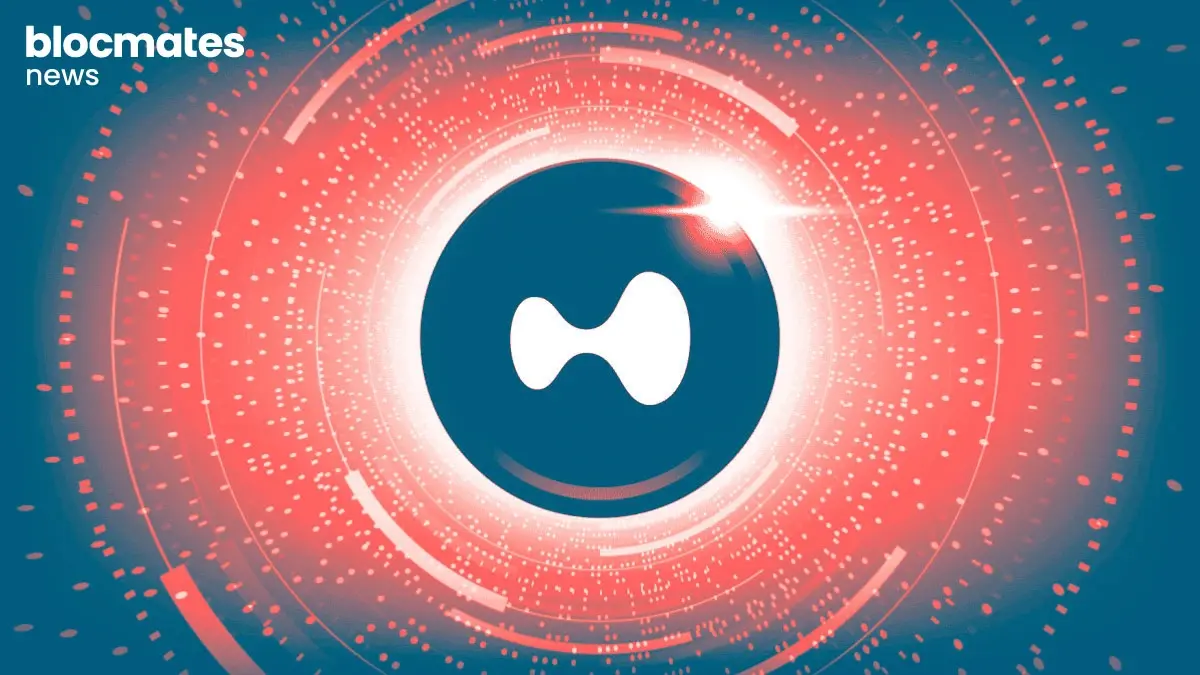


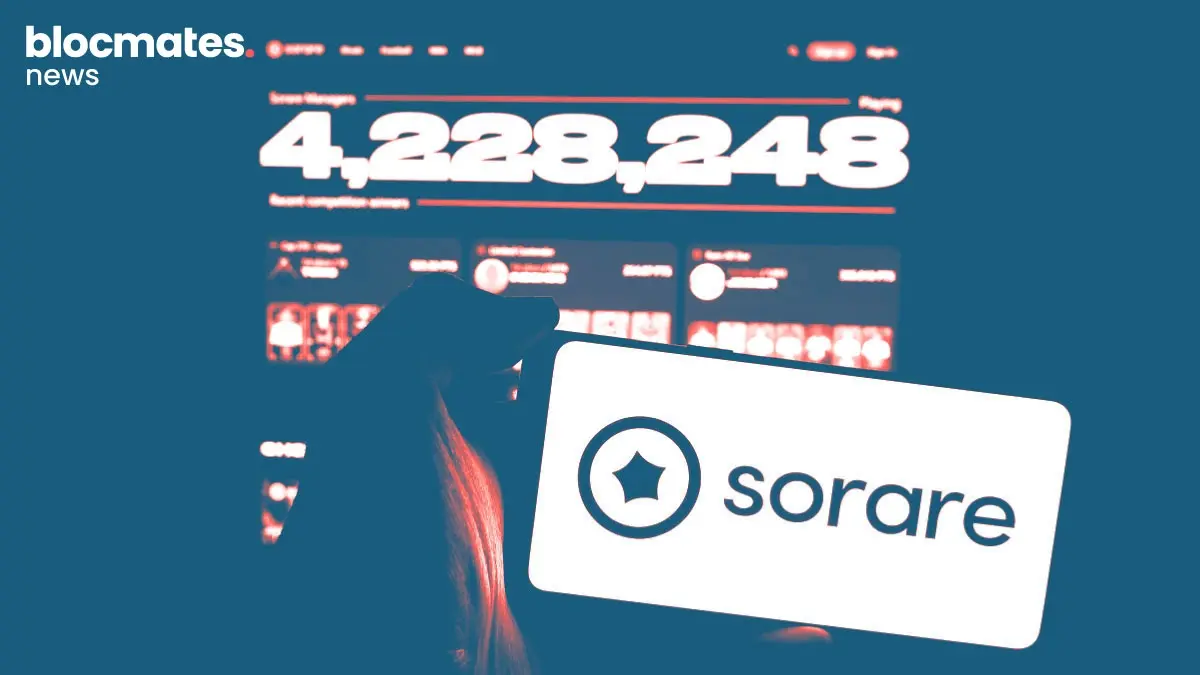







.webp)

.webp)


.webp)



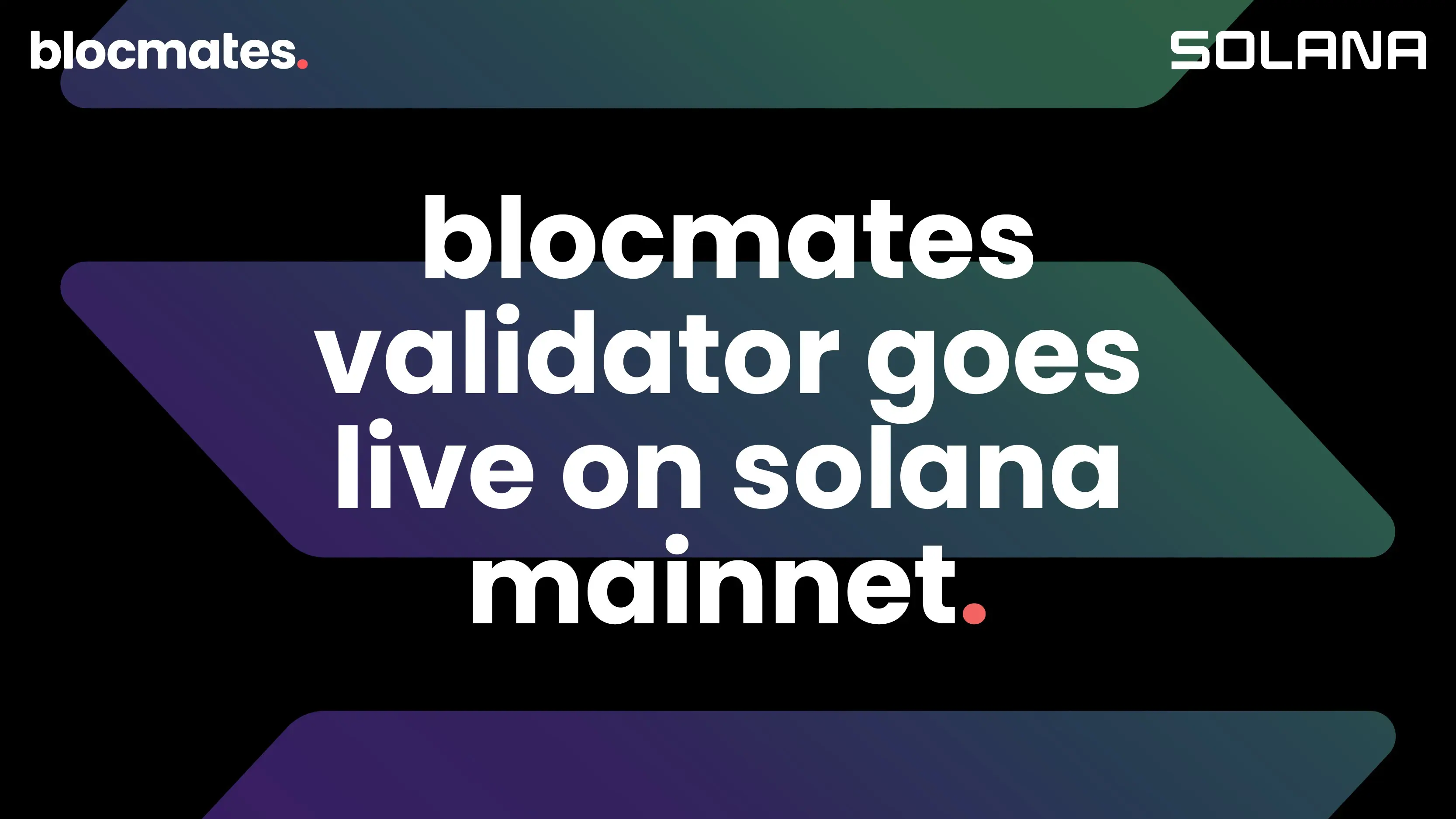
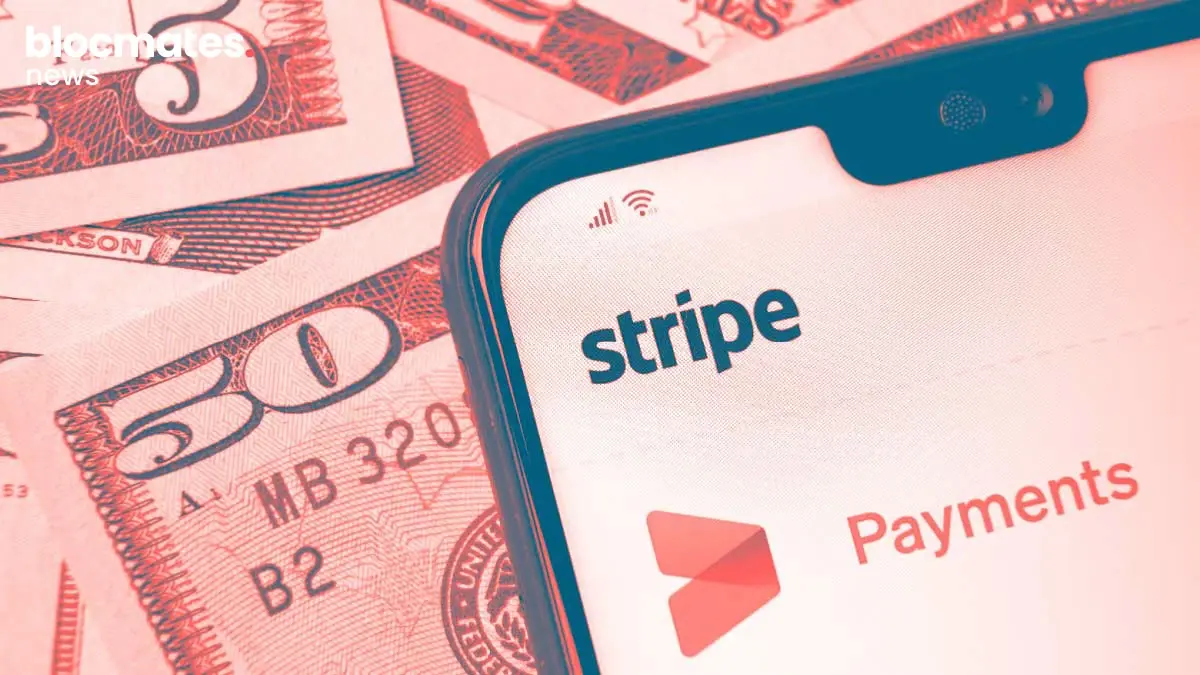


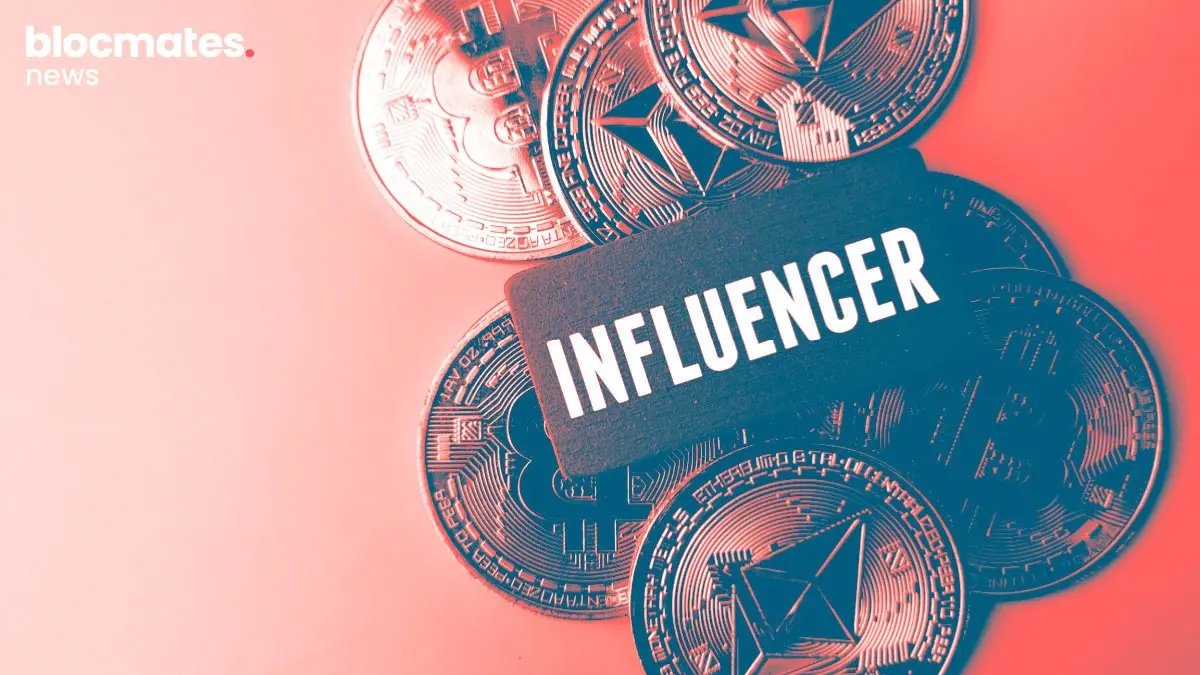
.webp)
